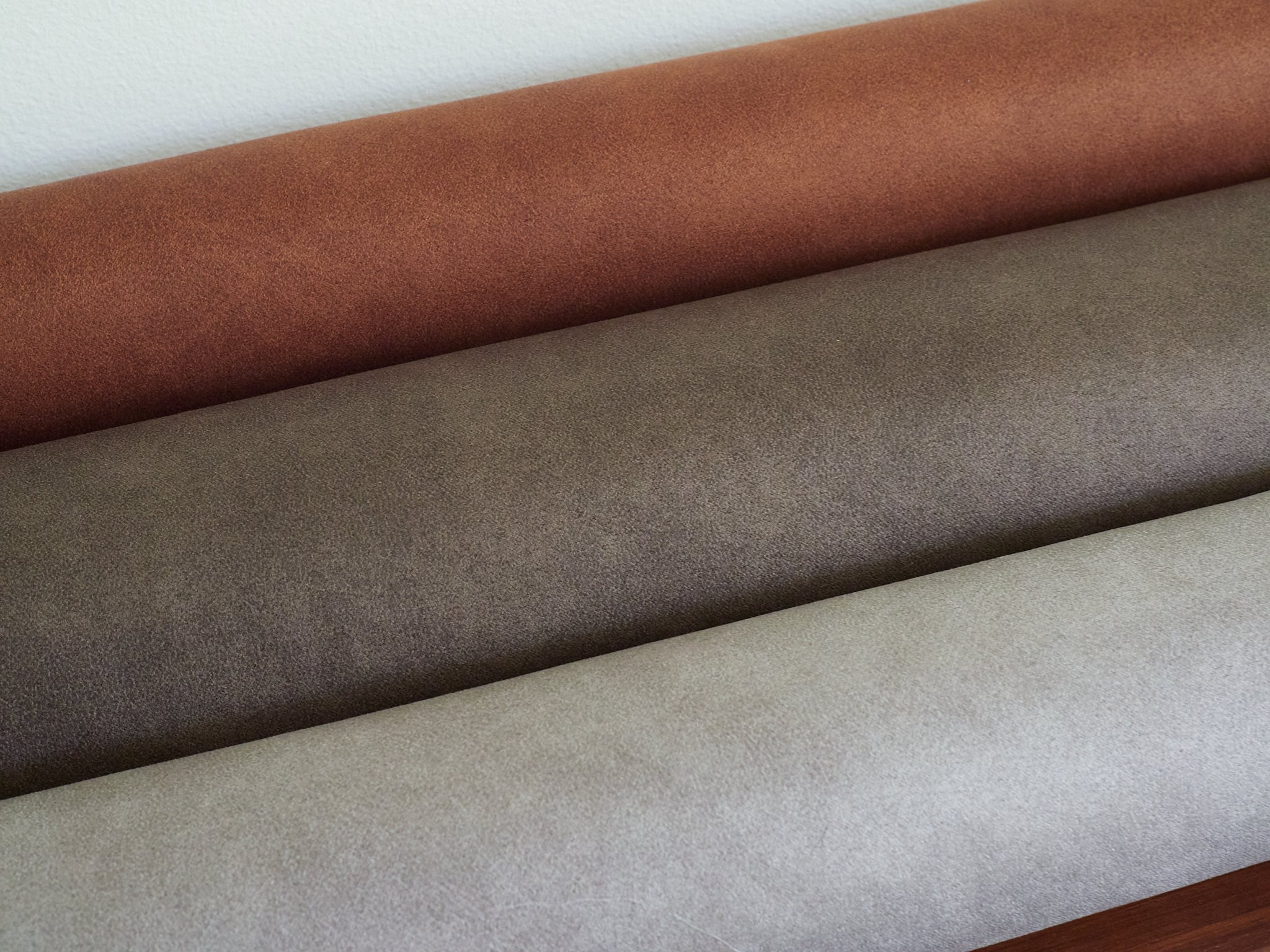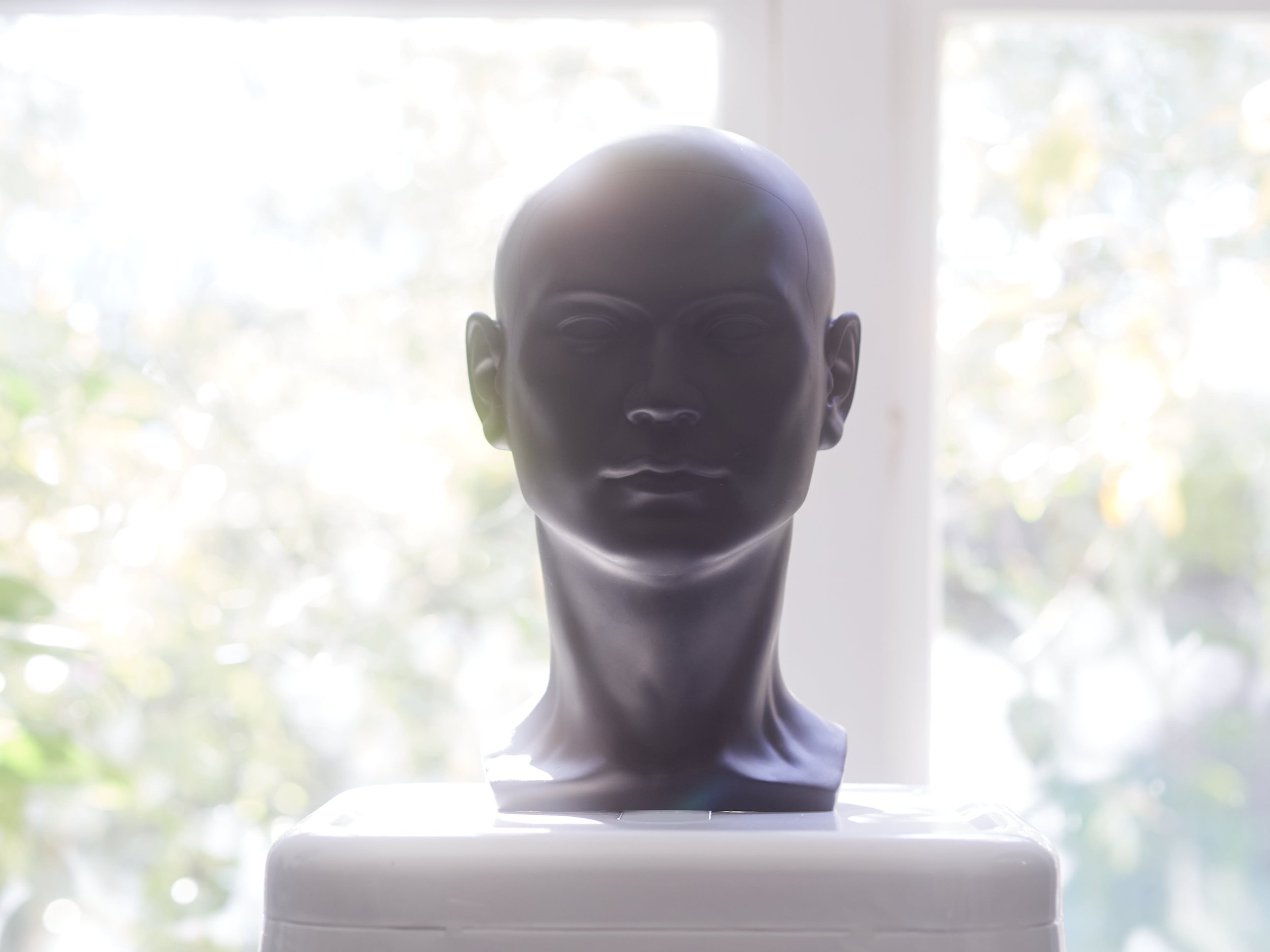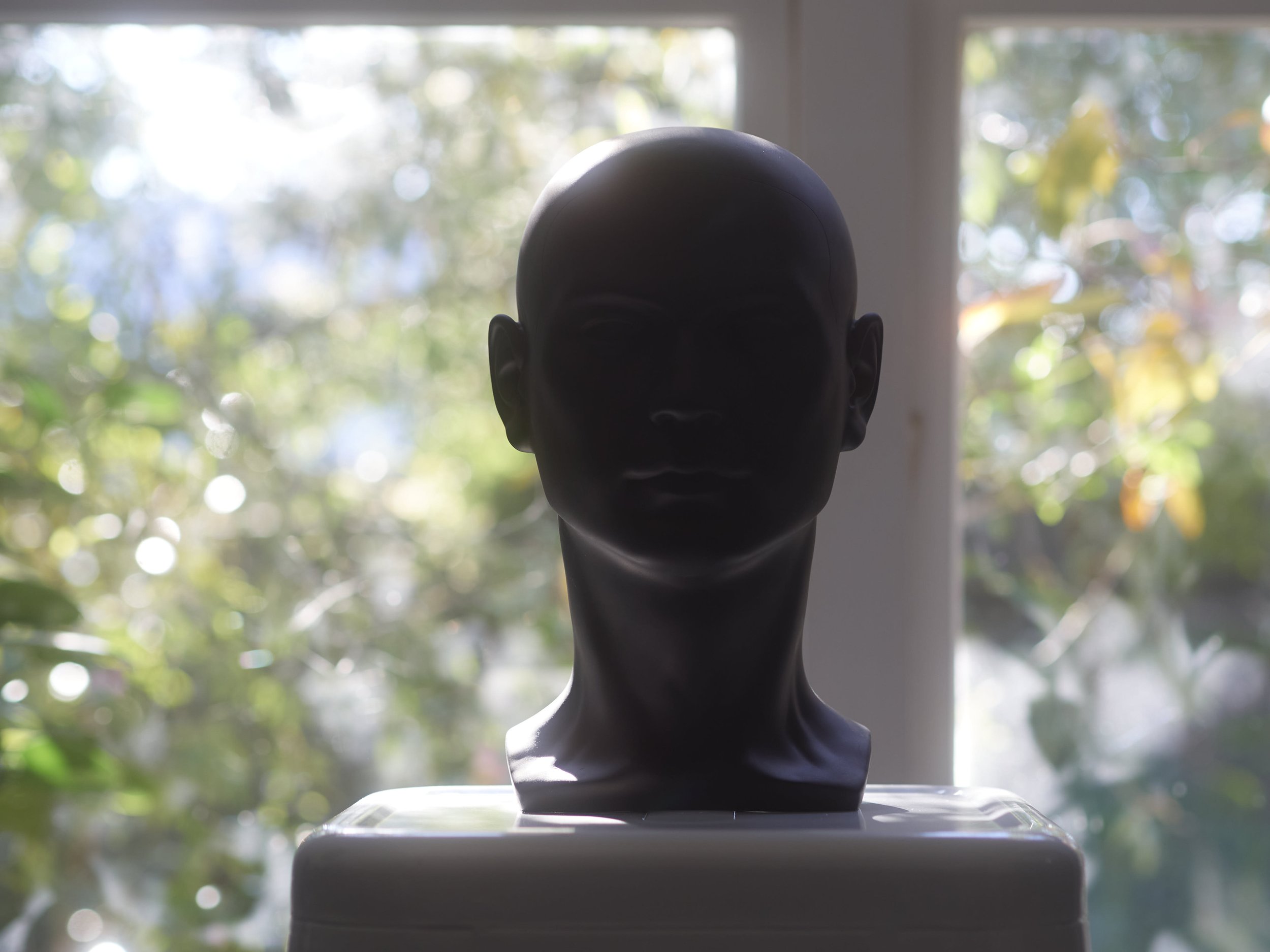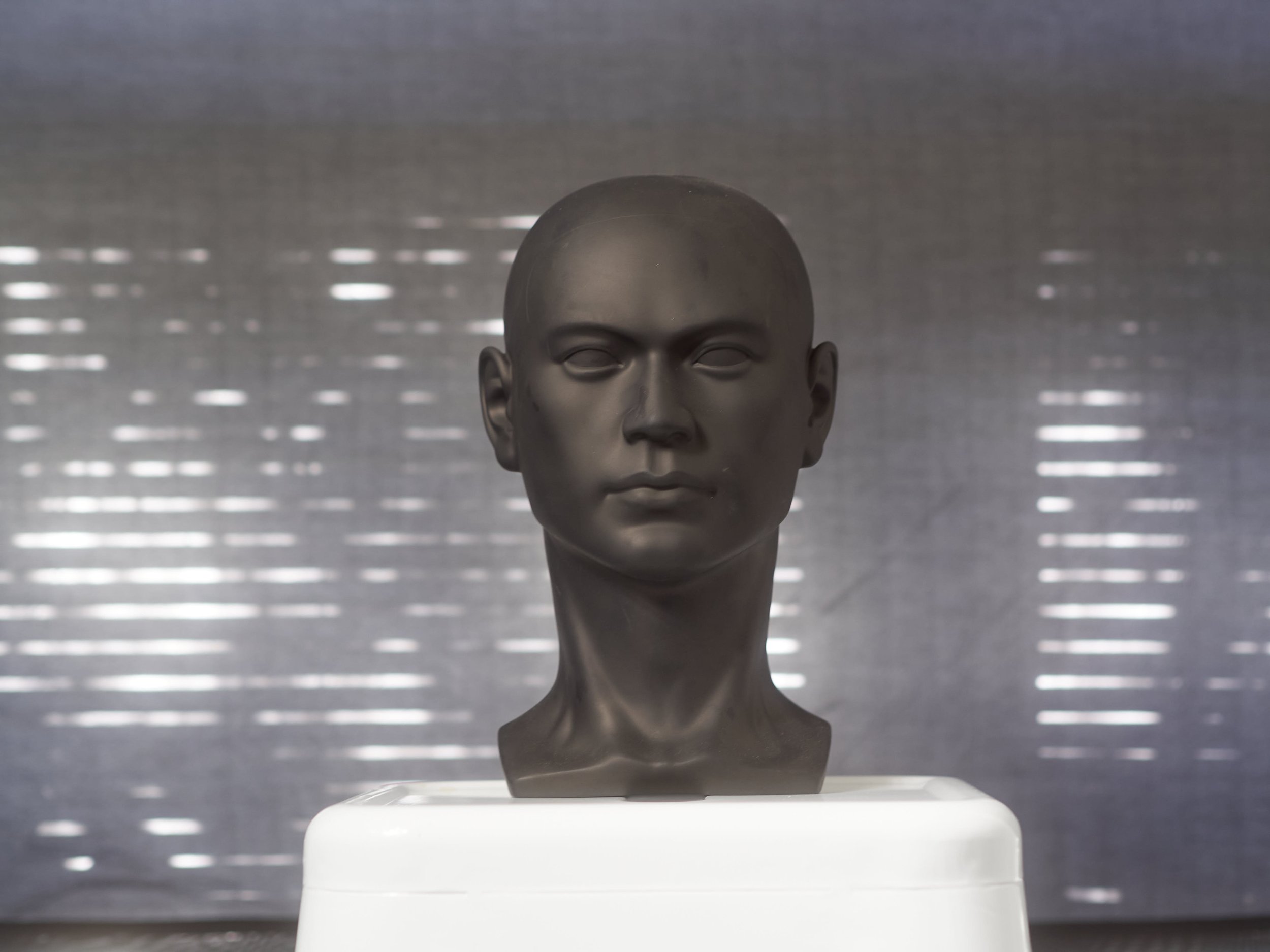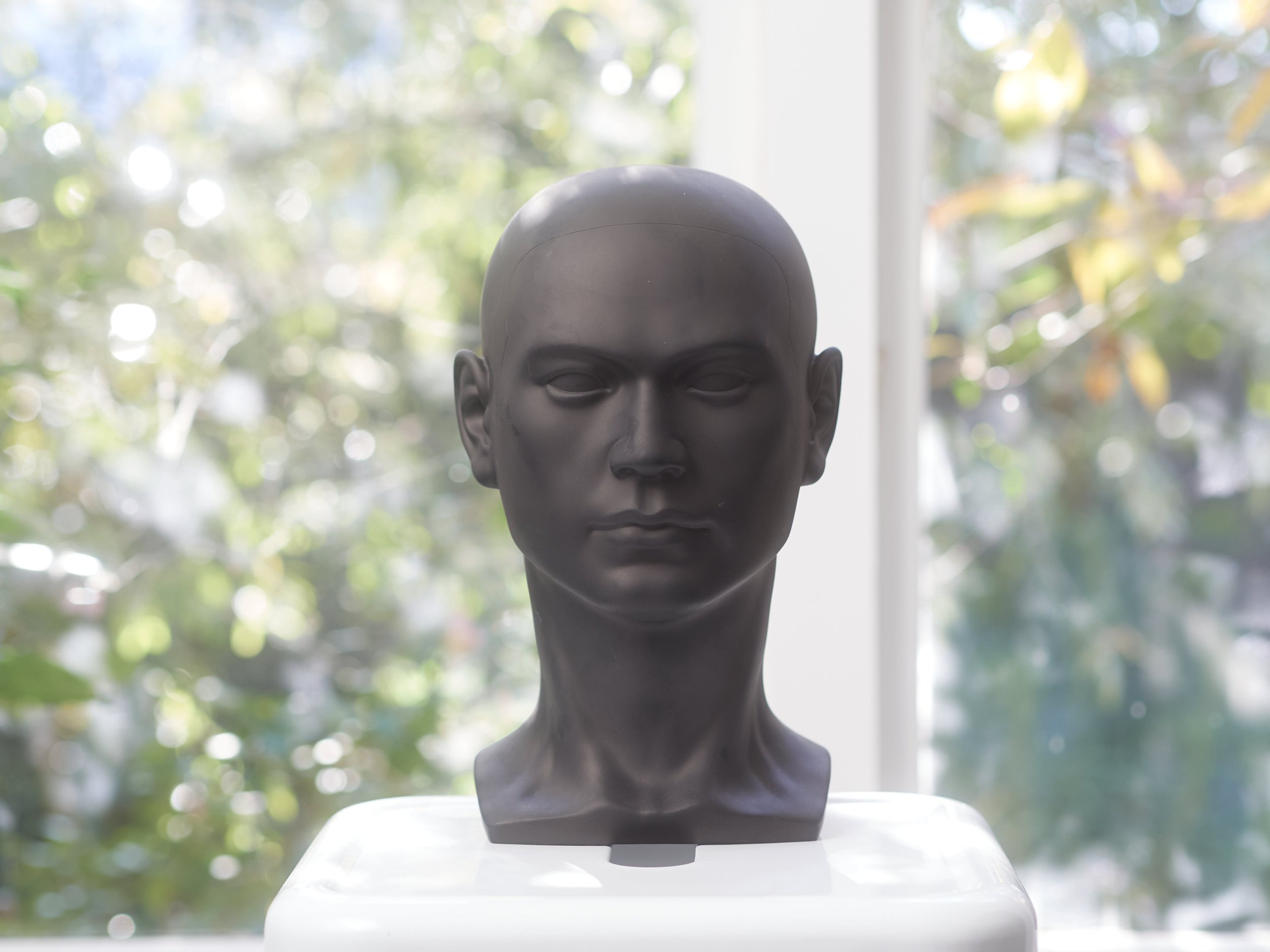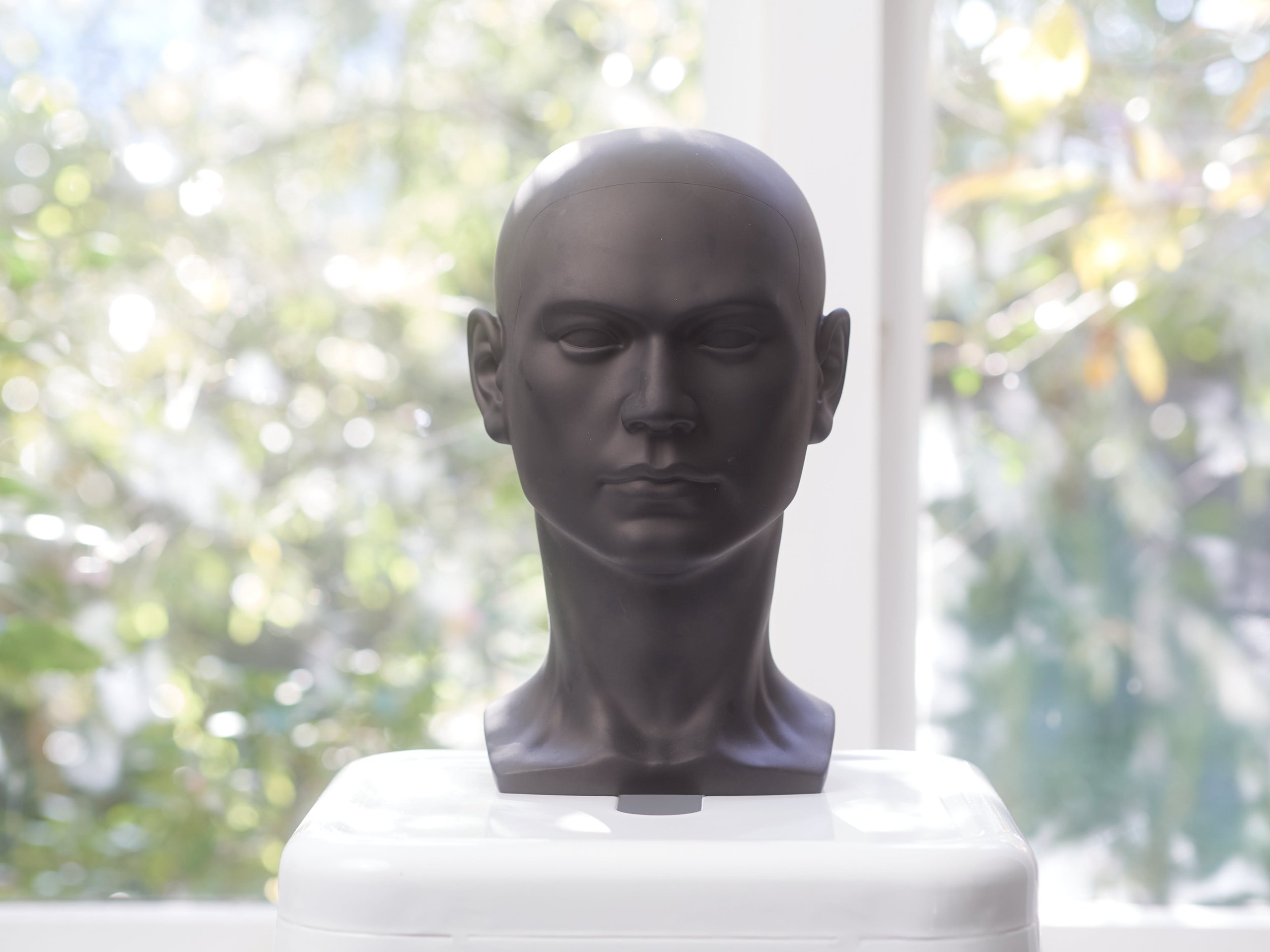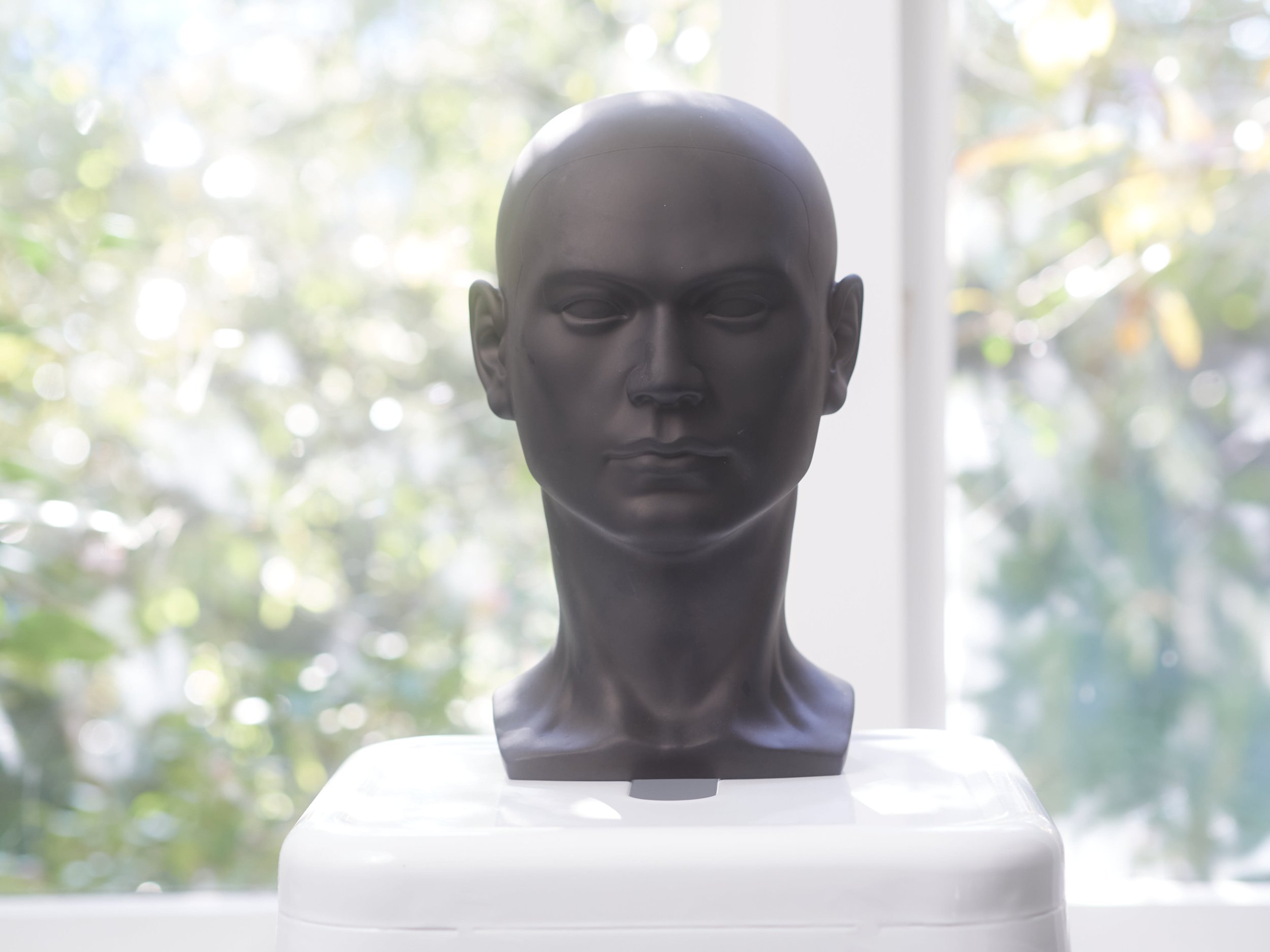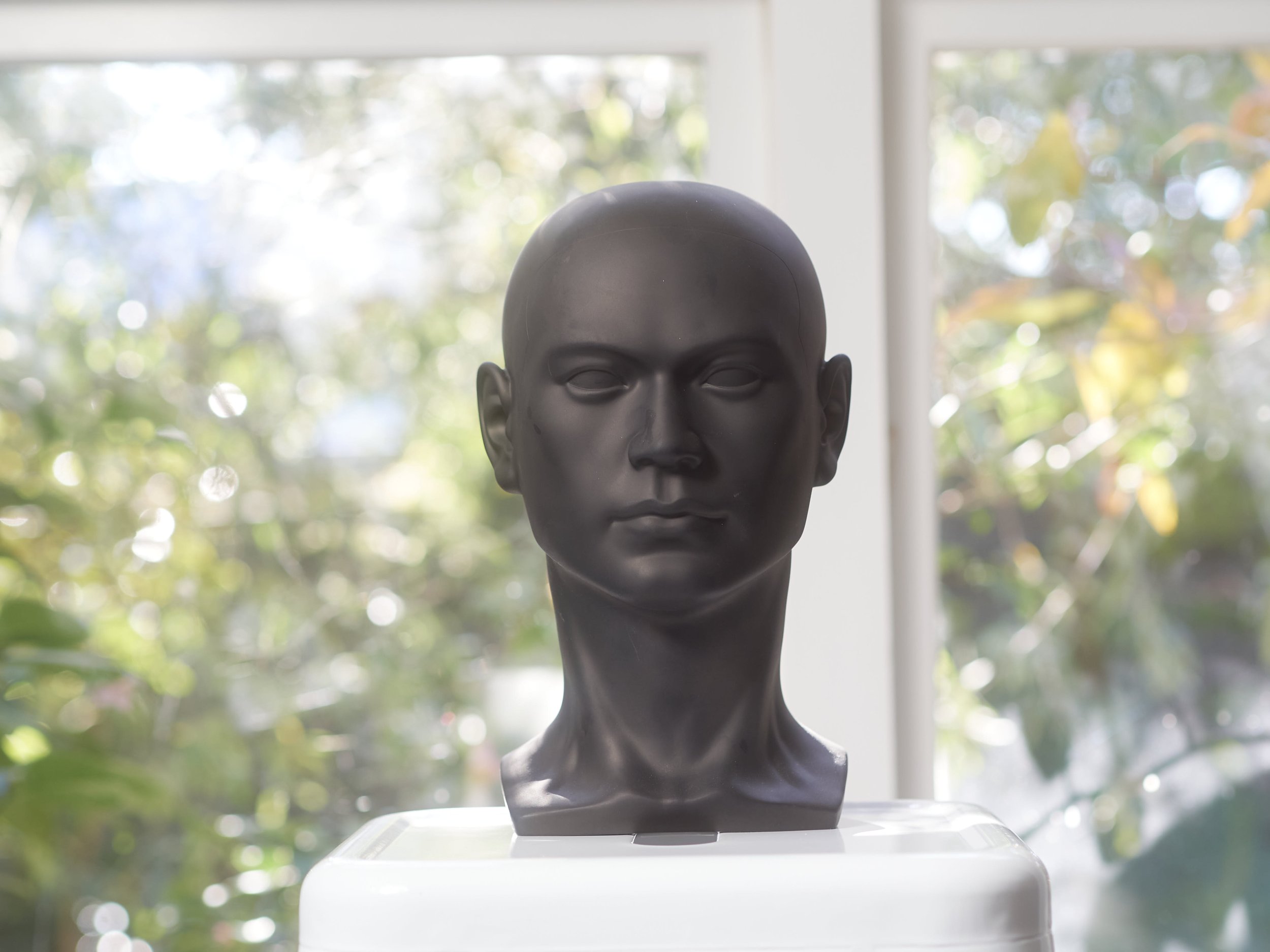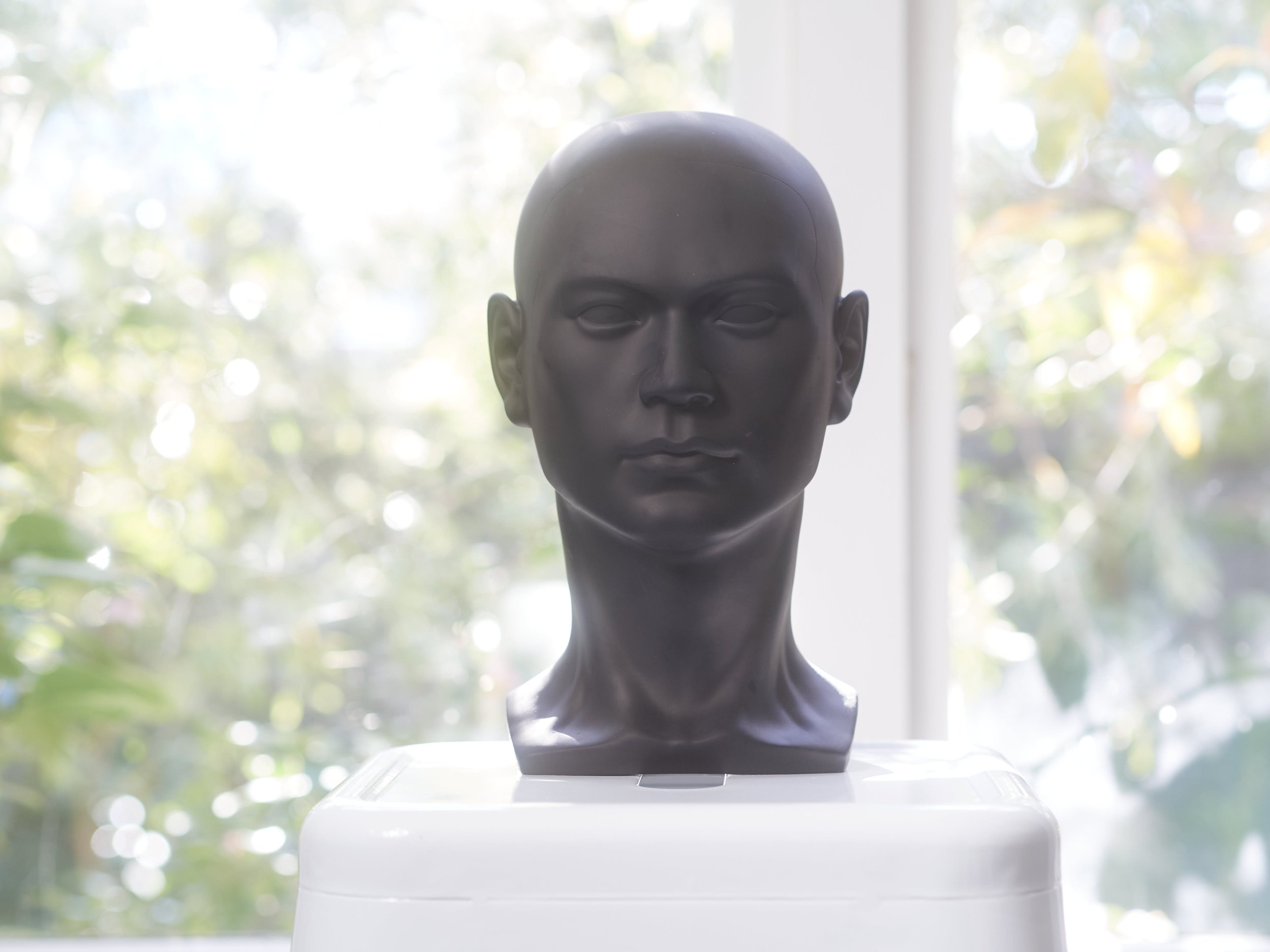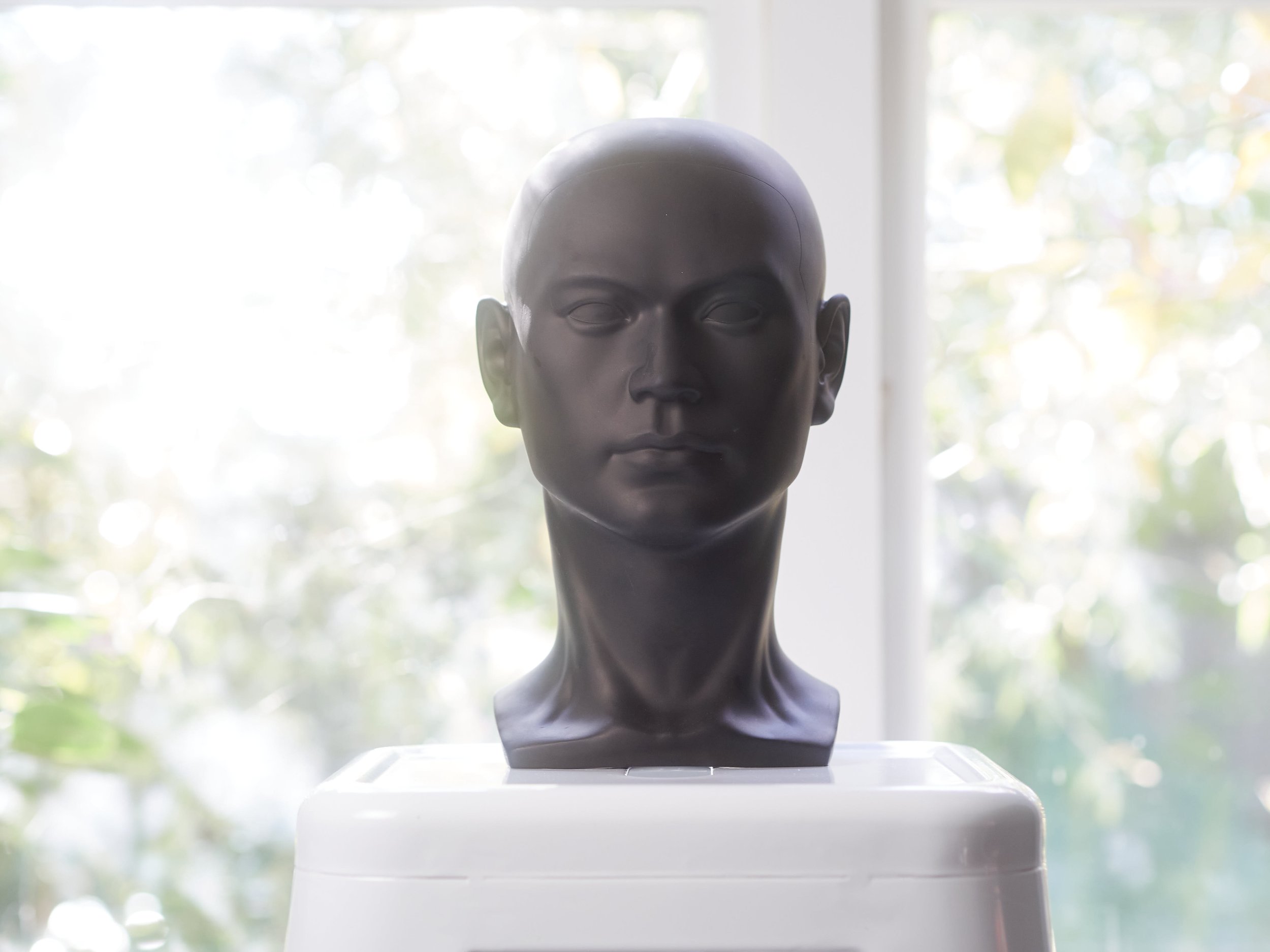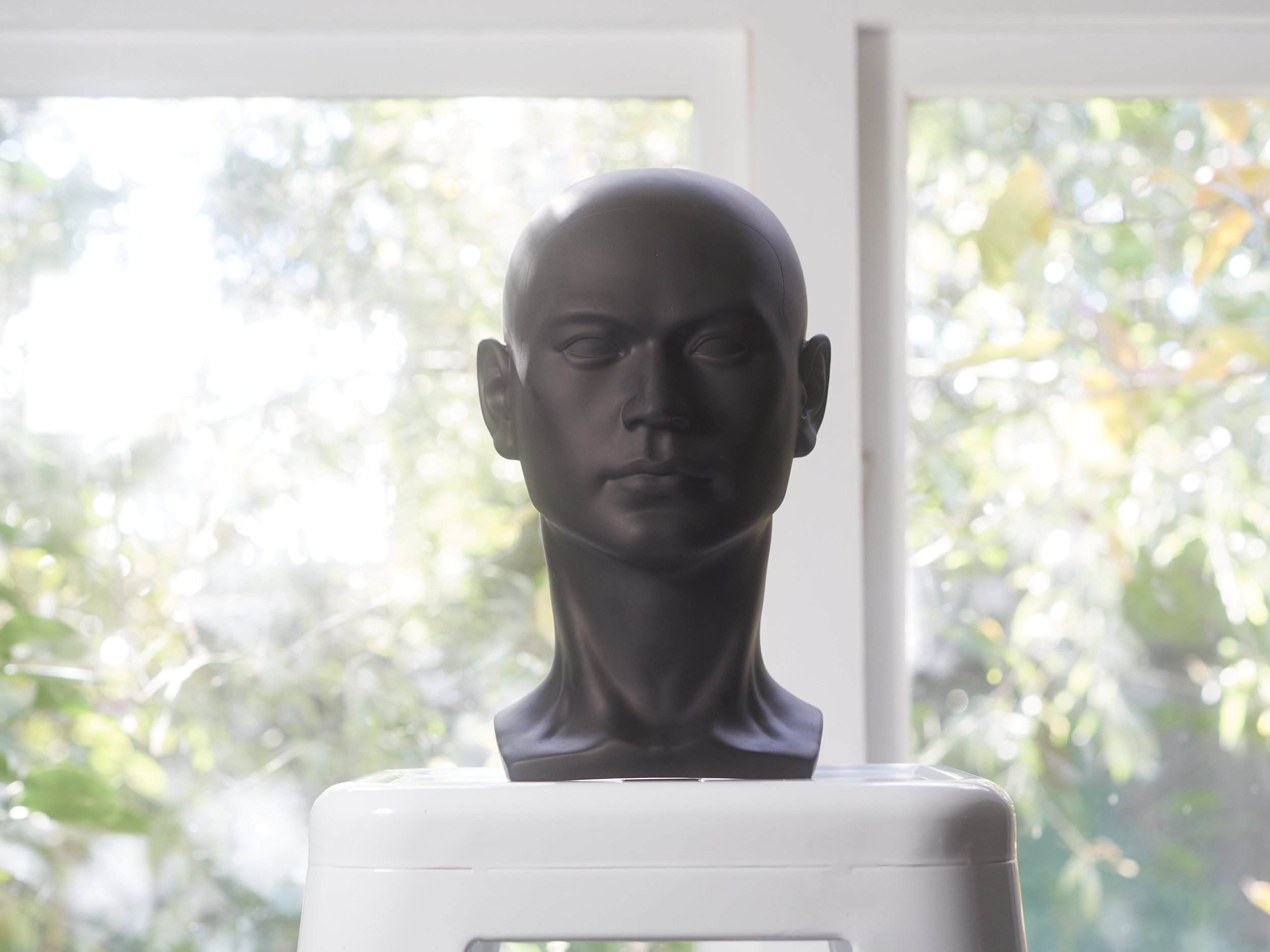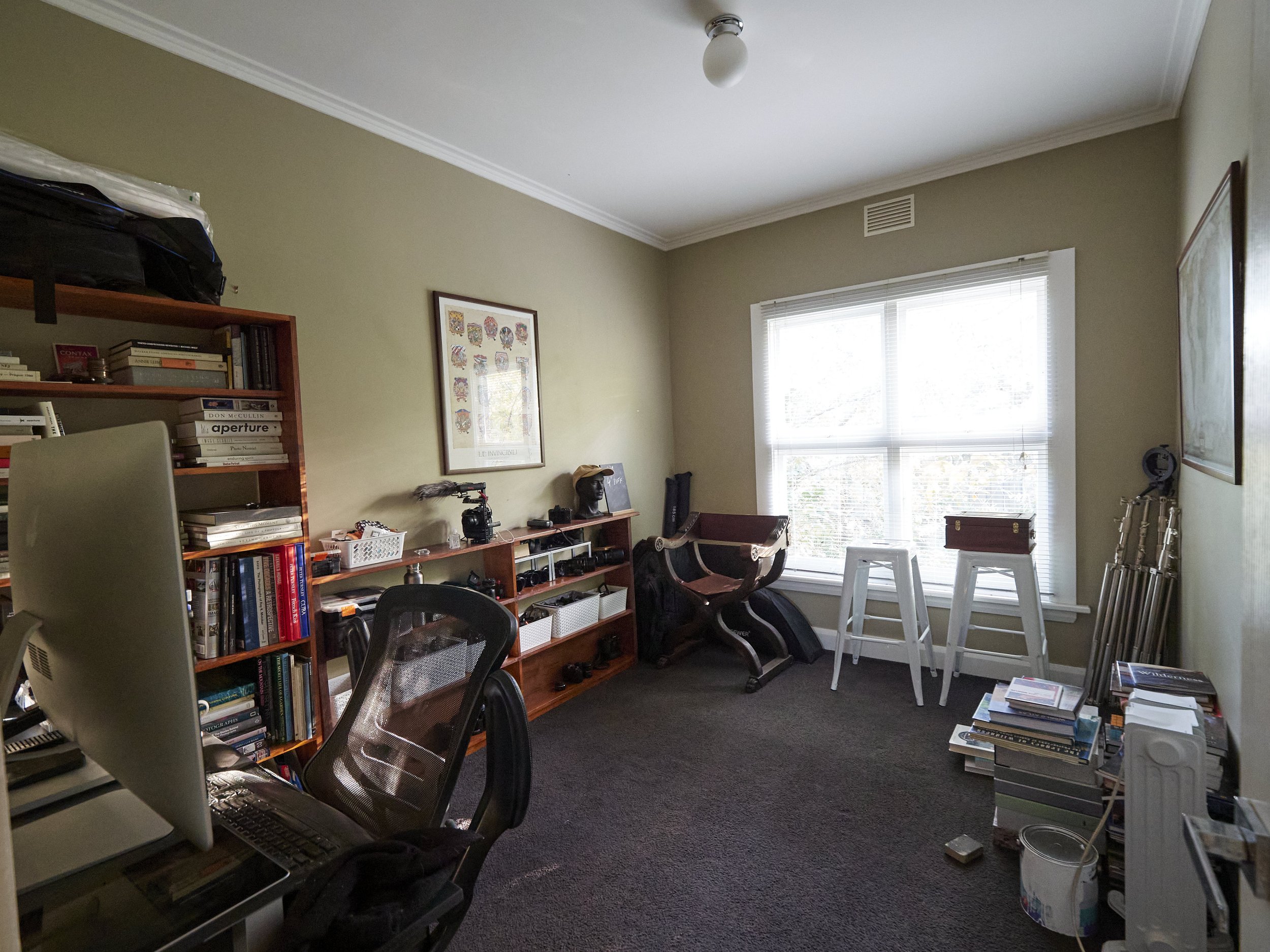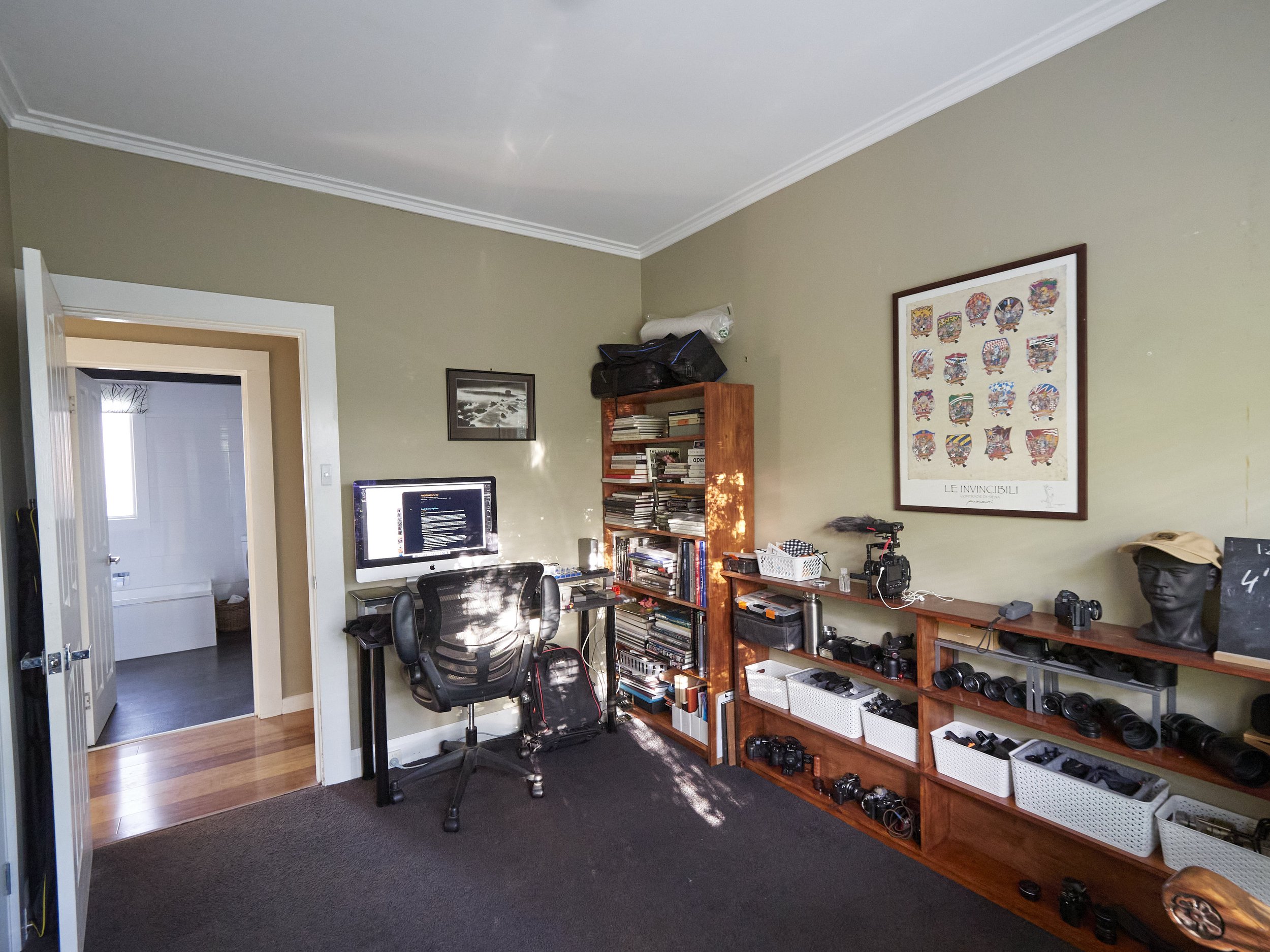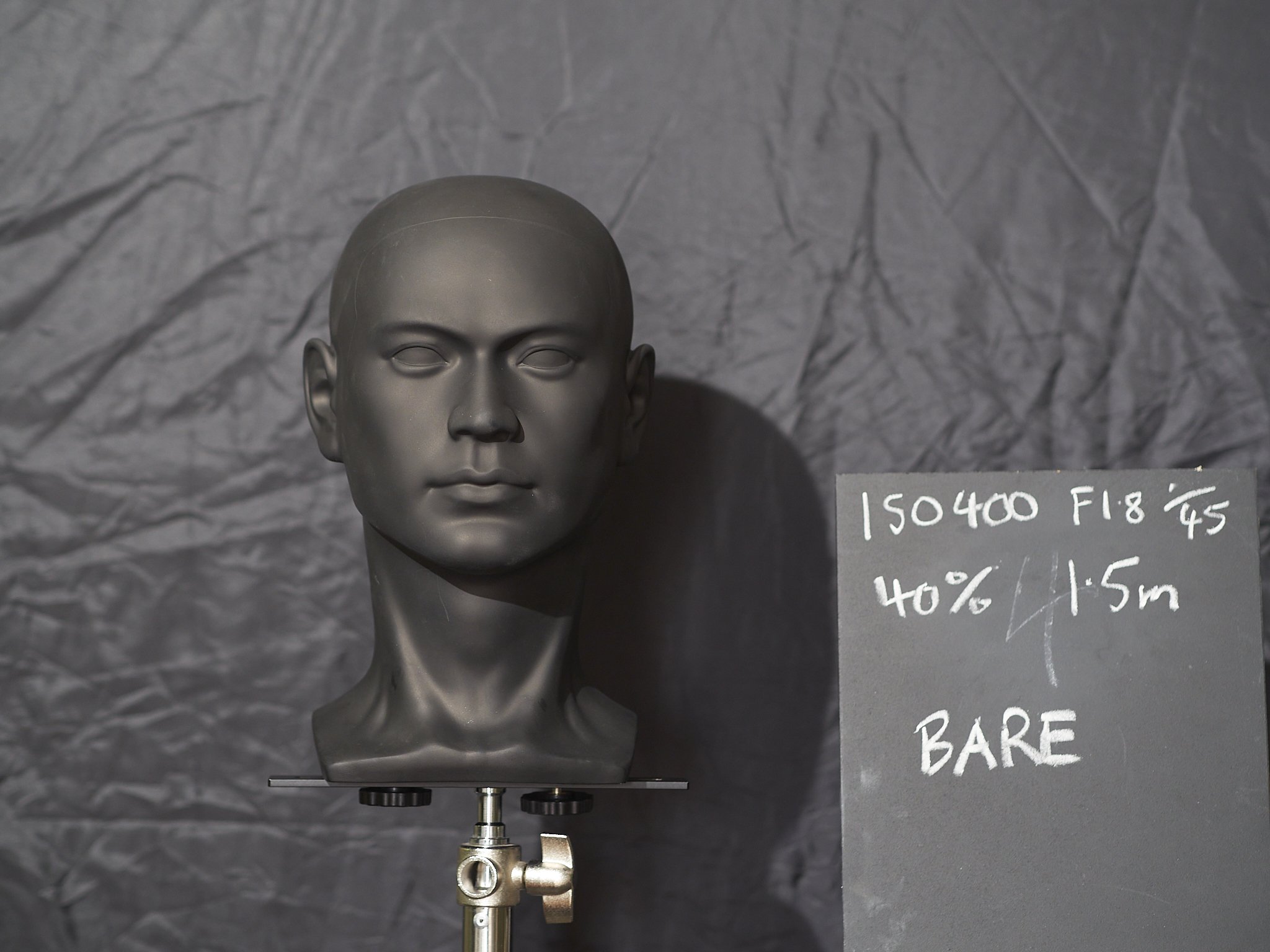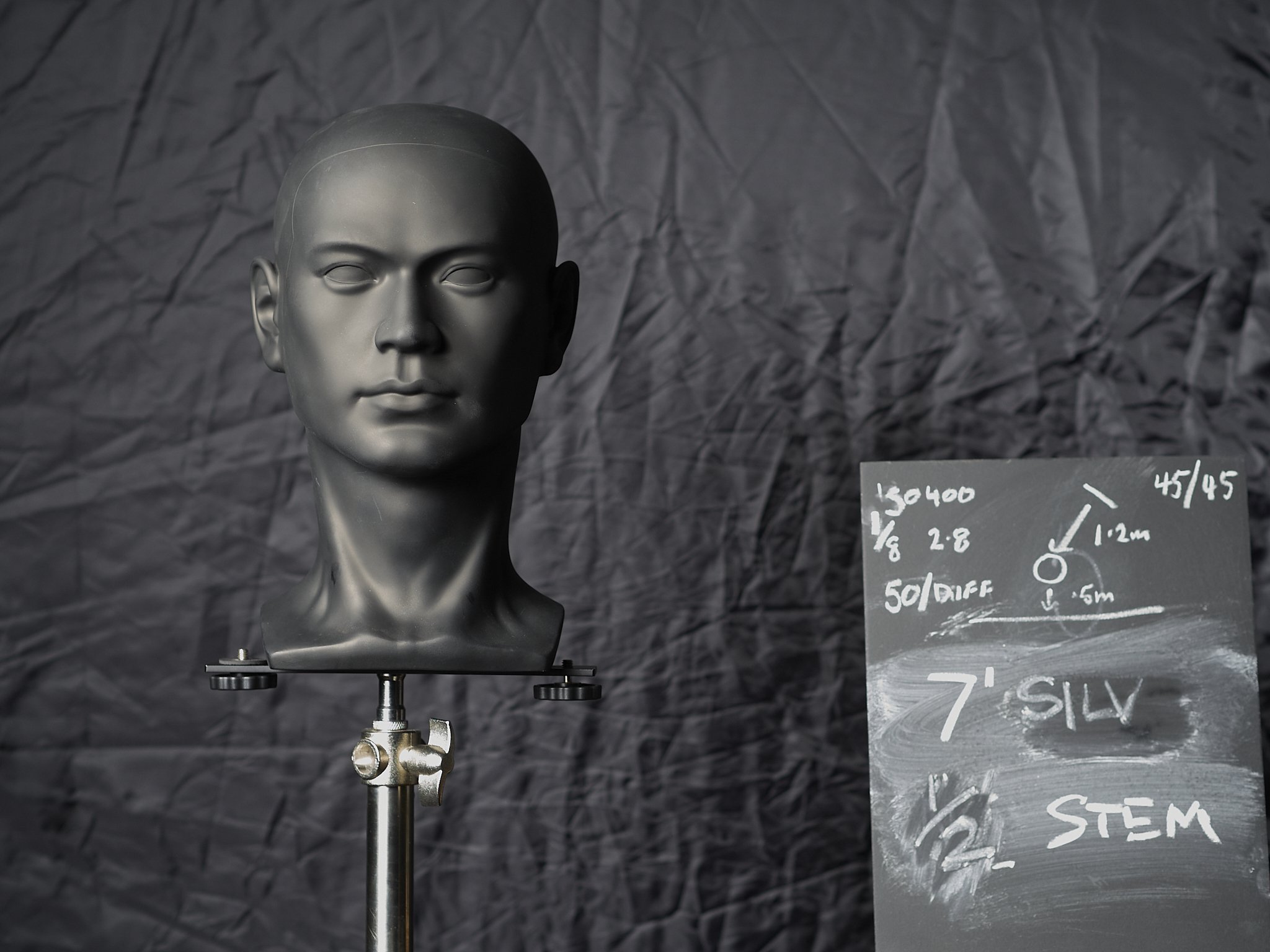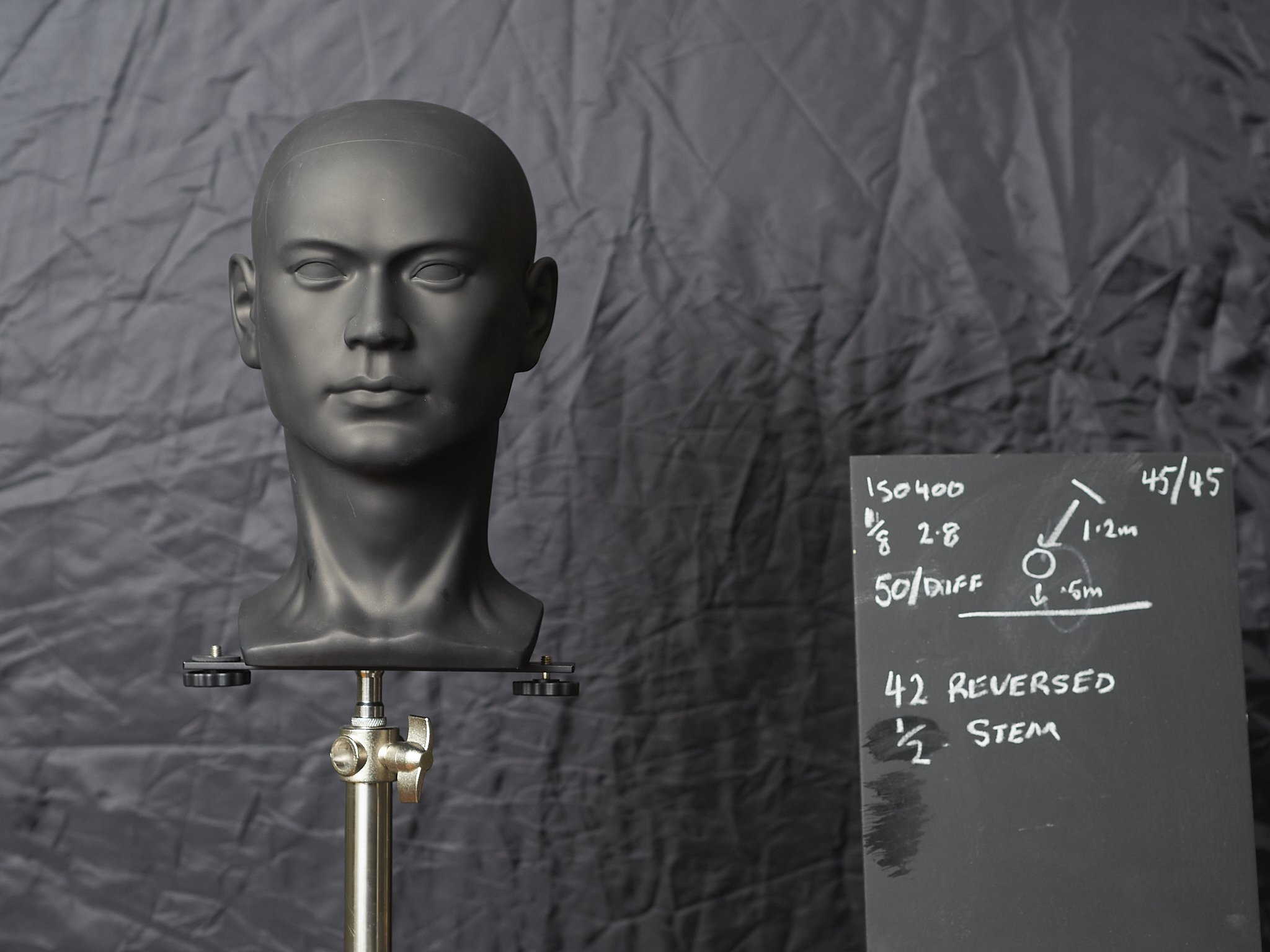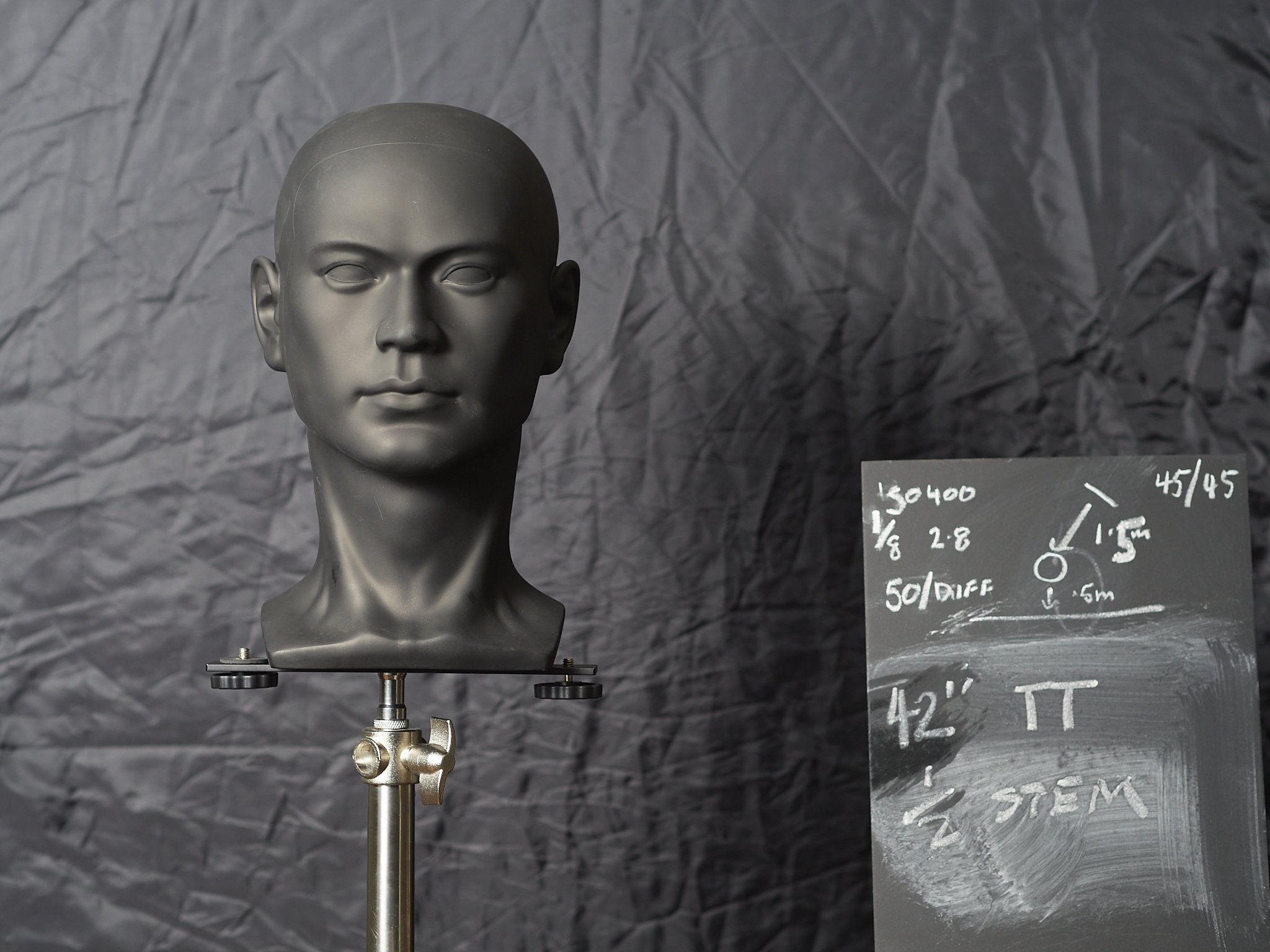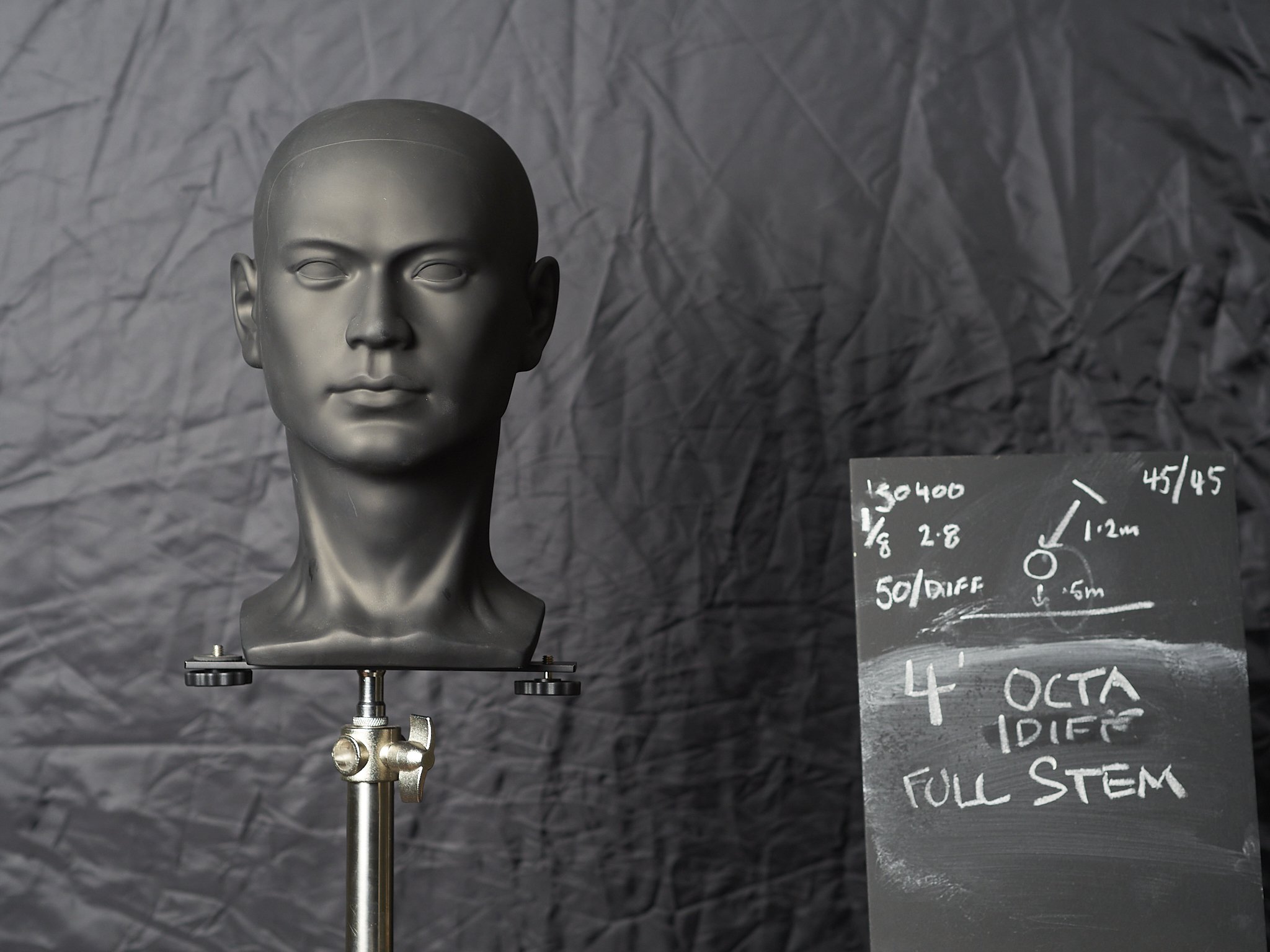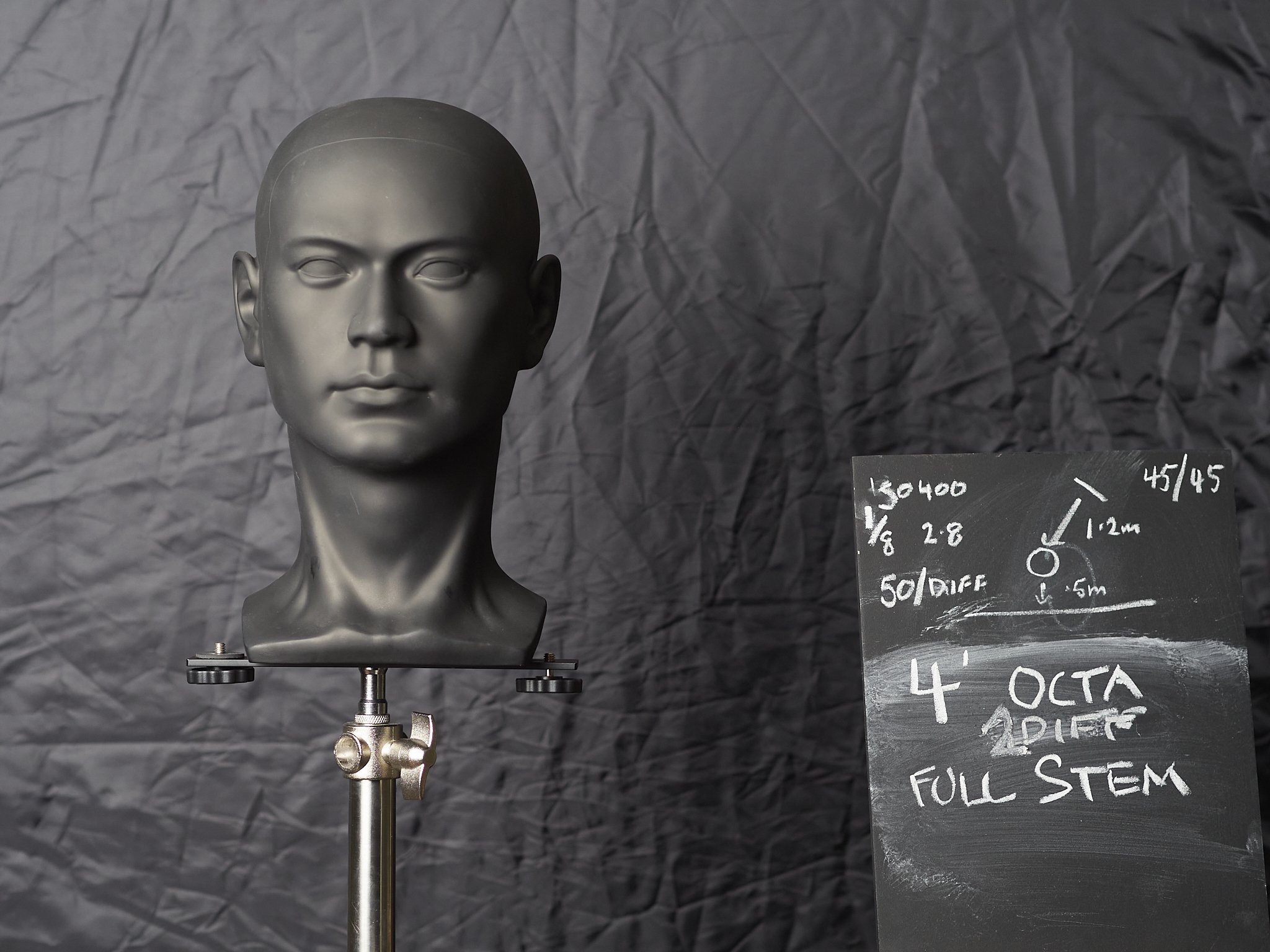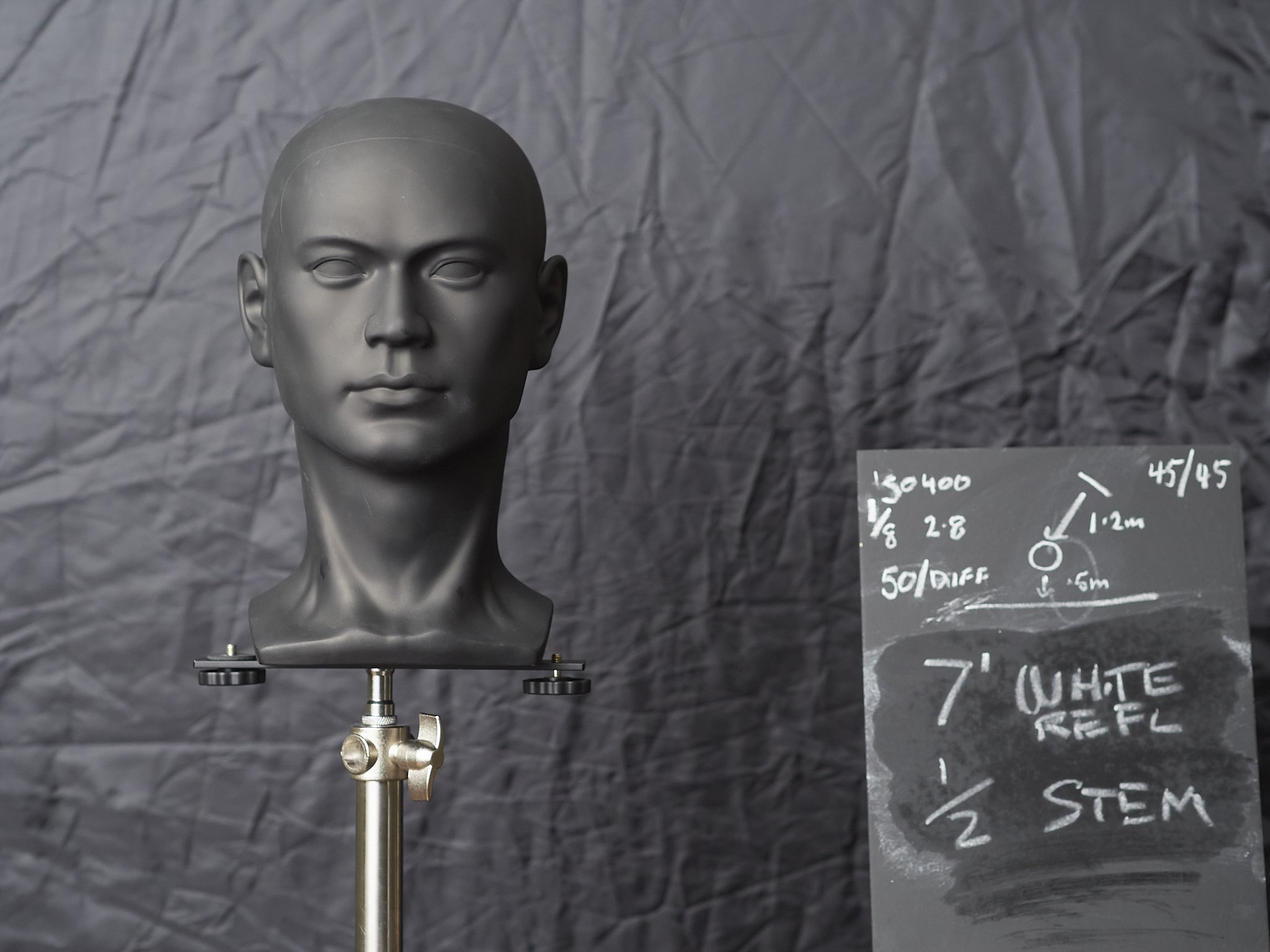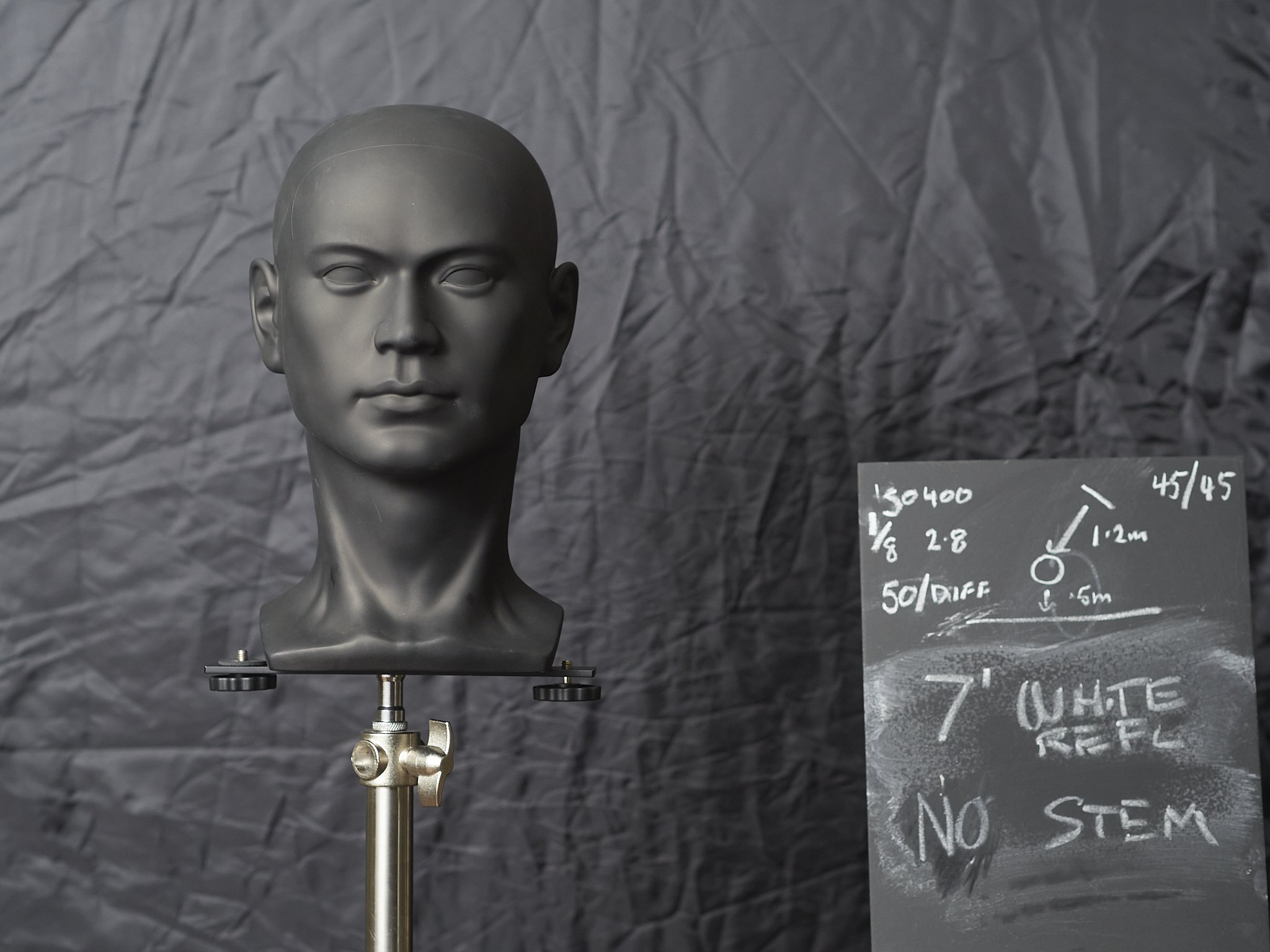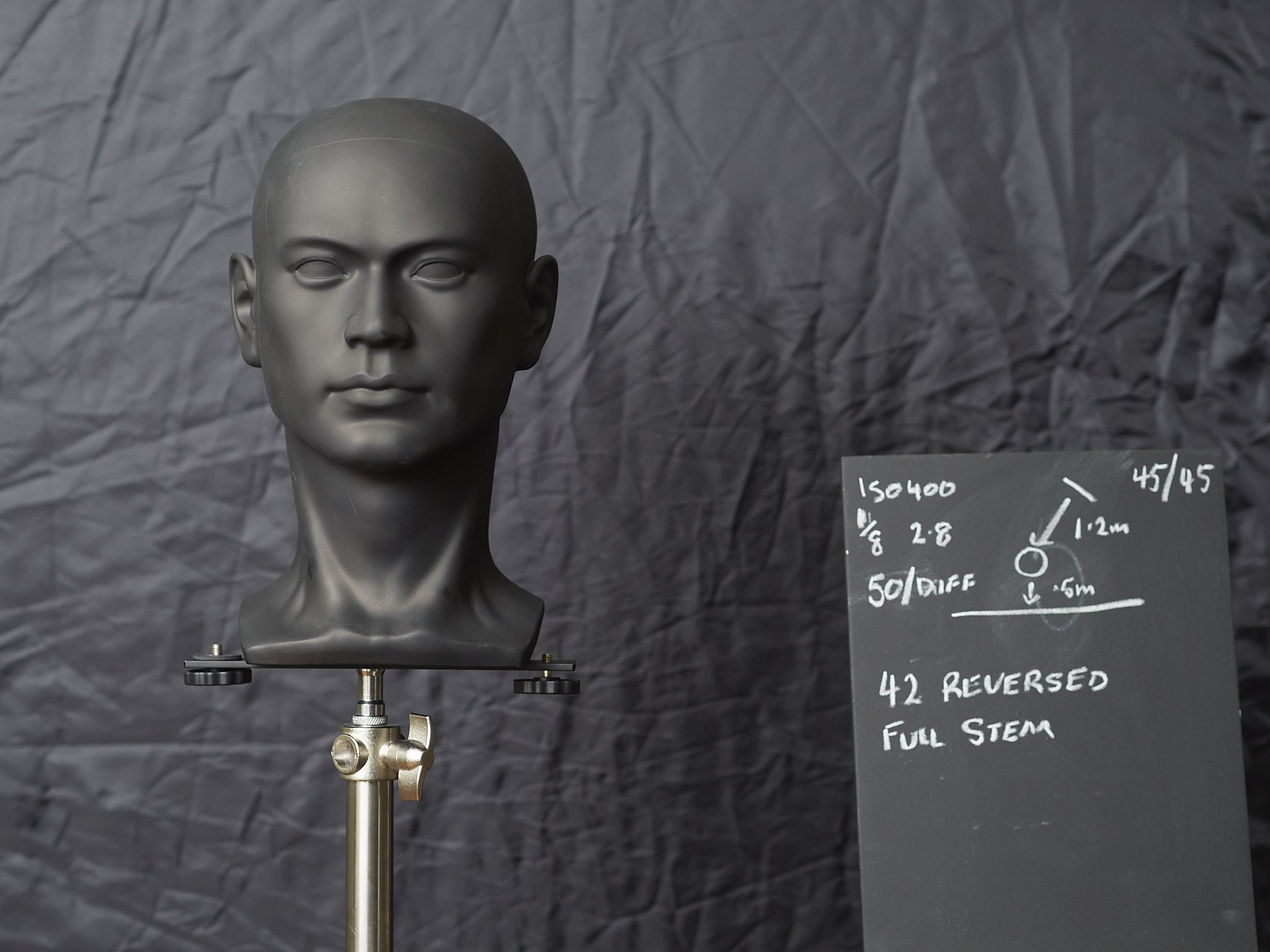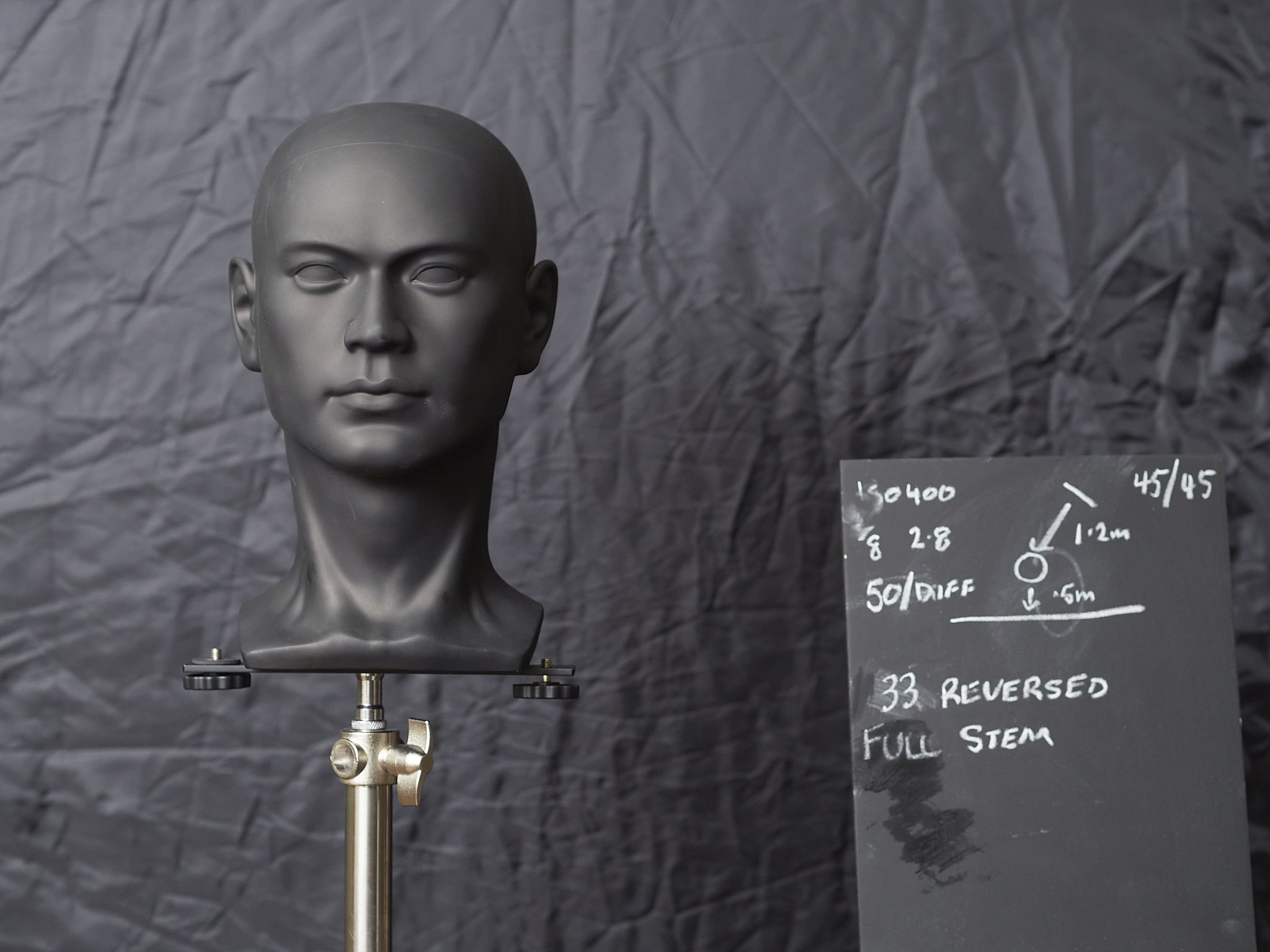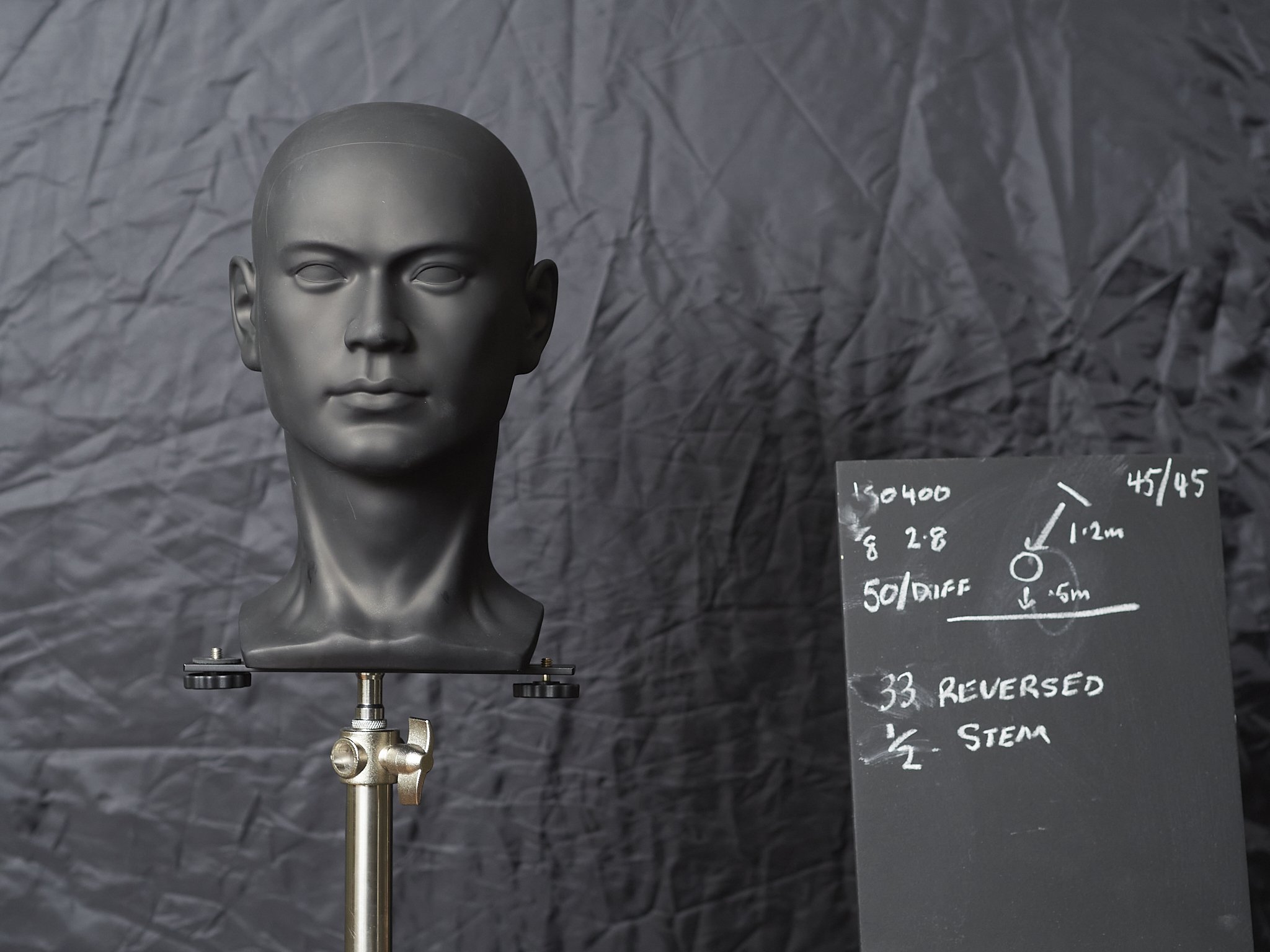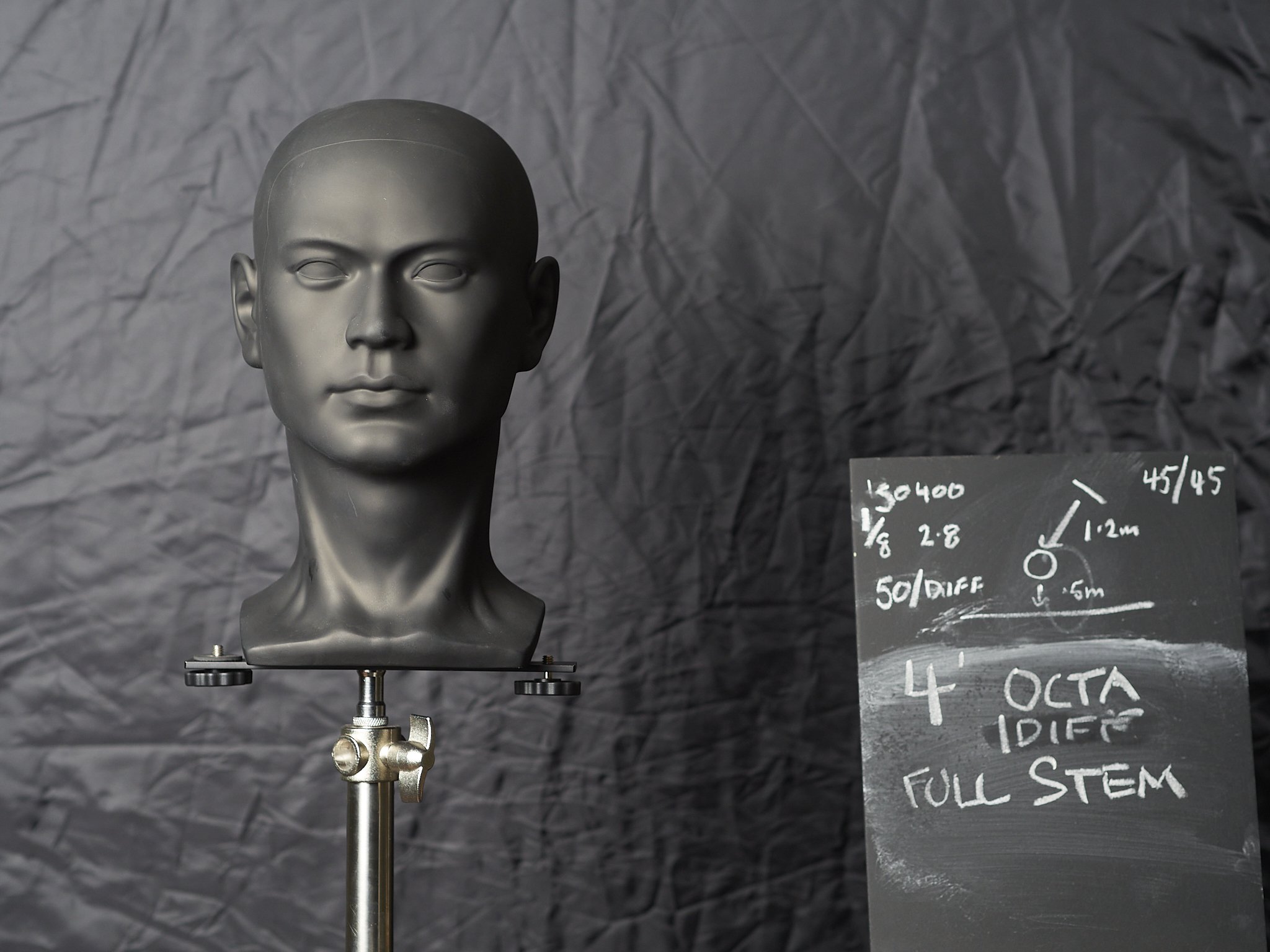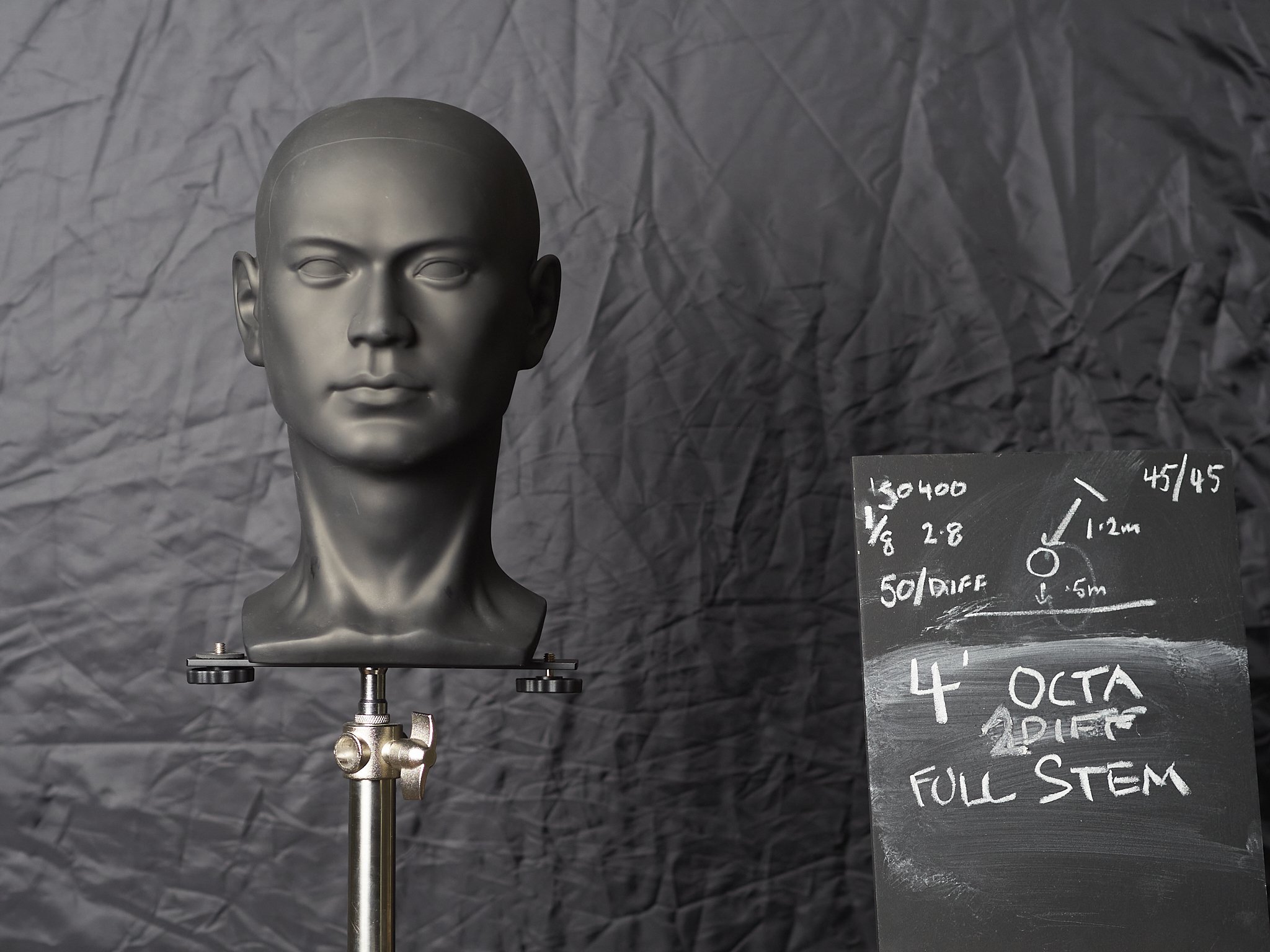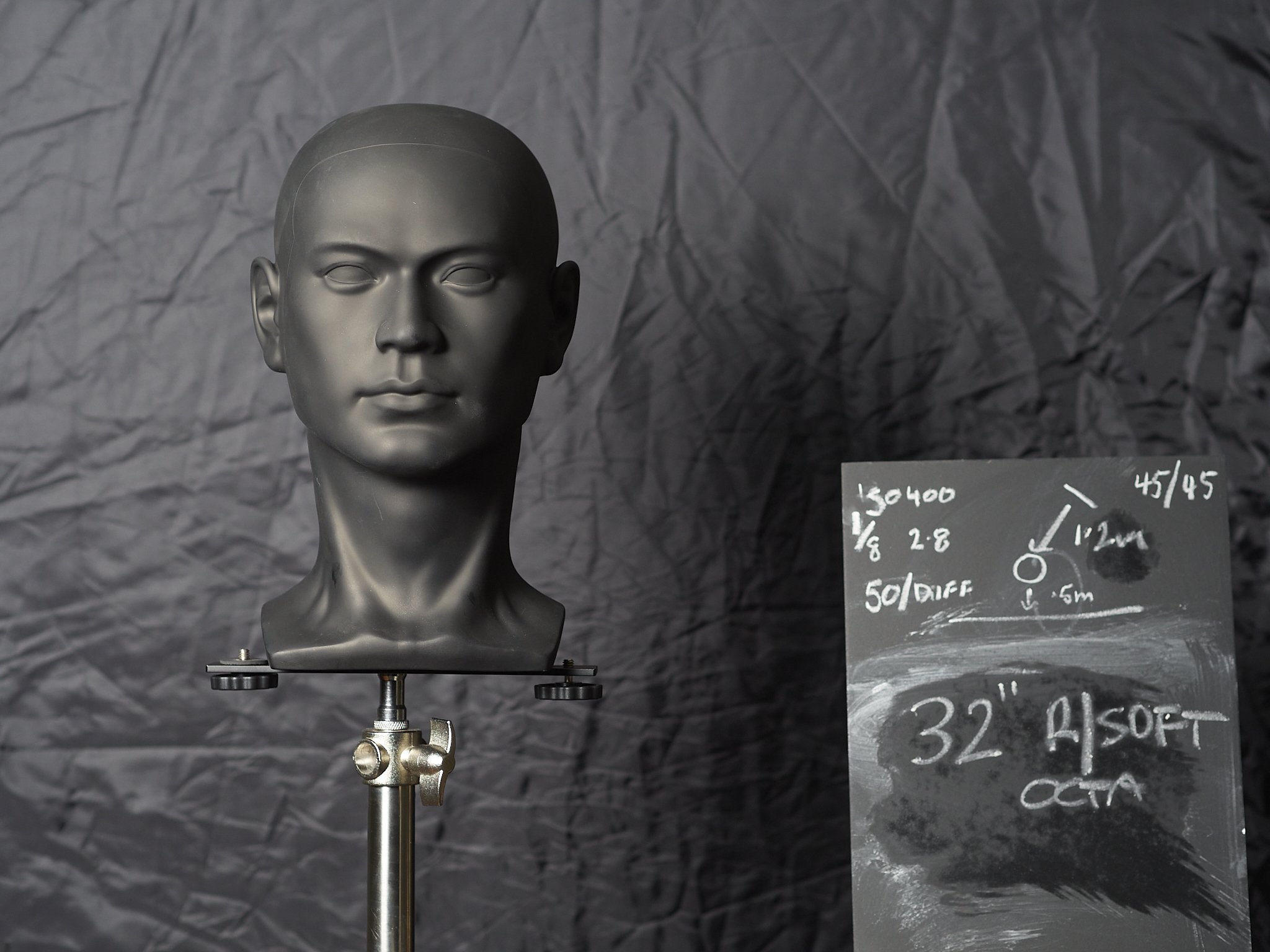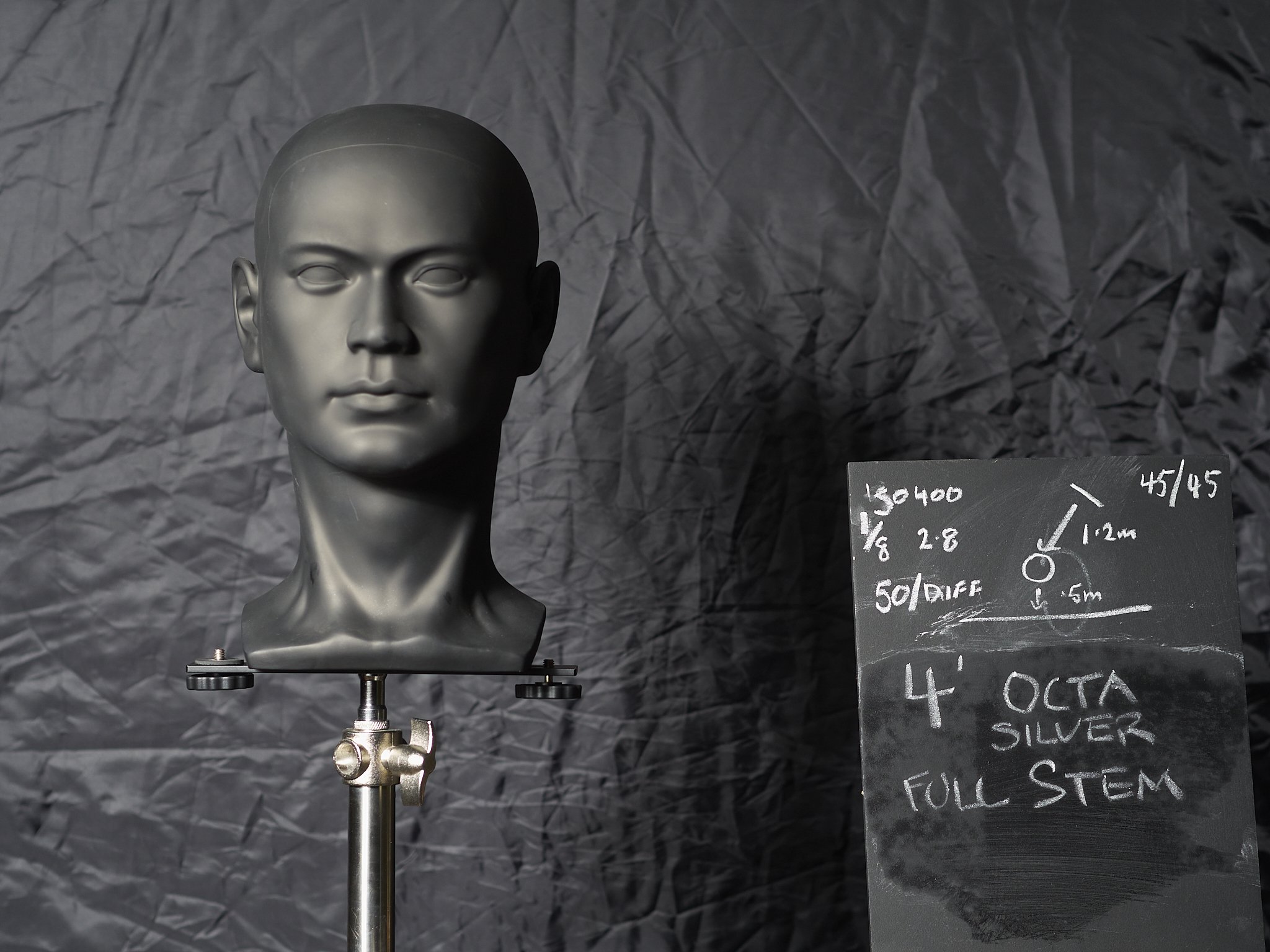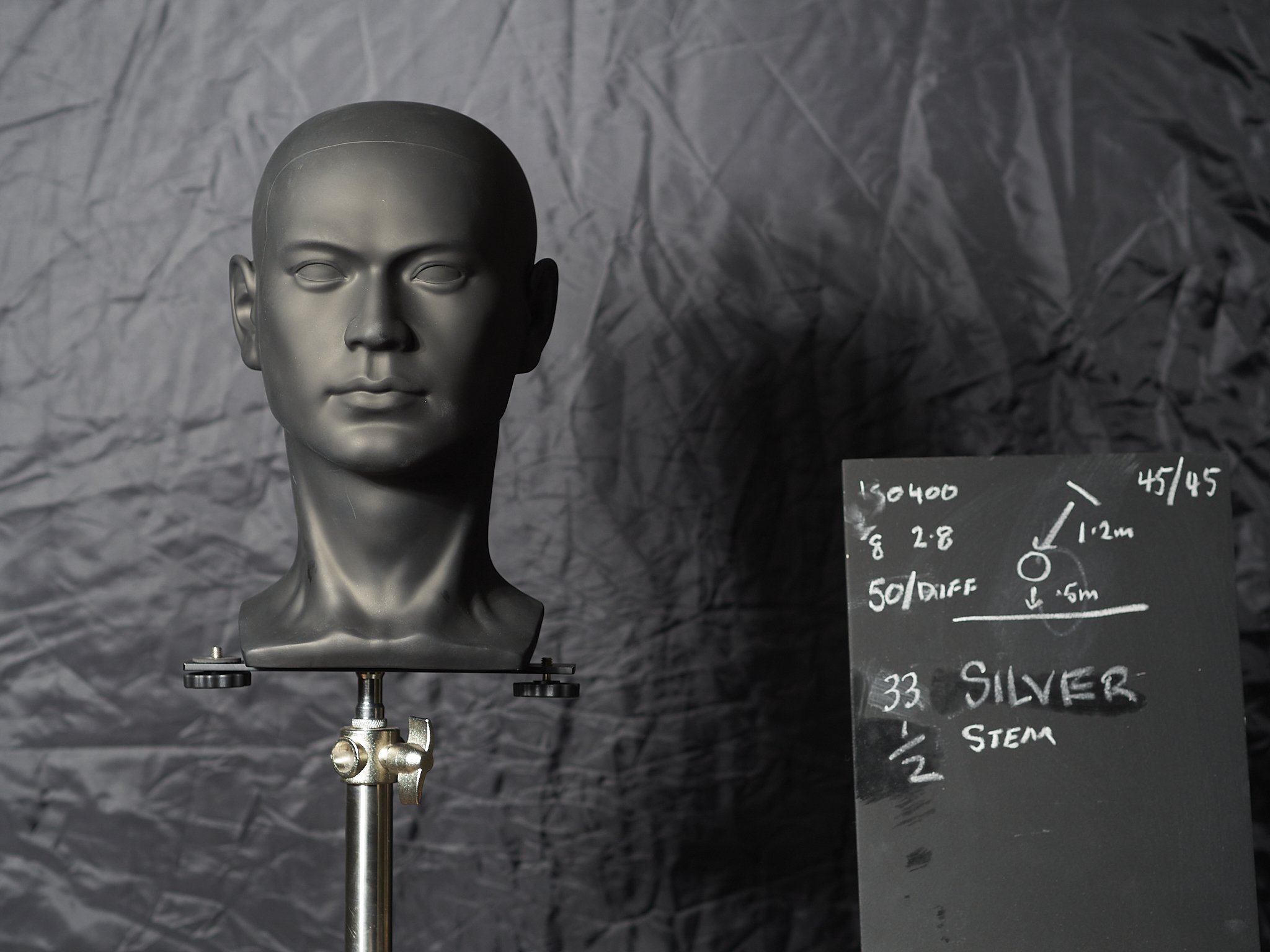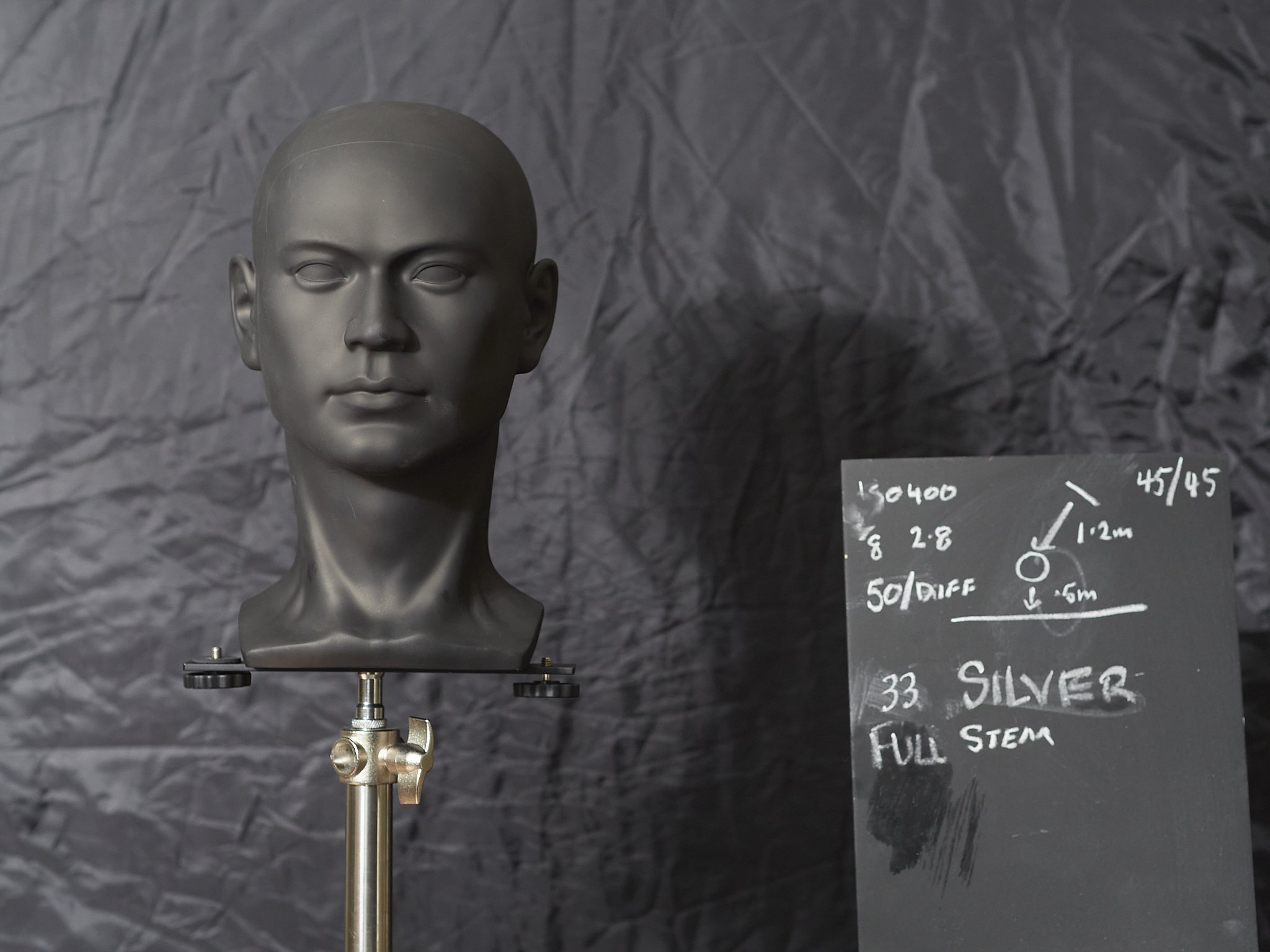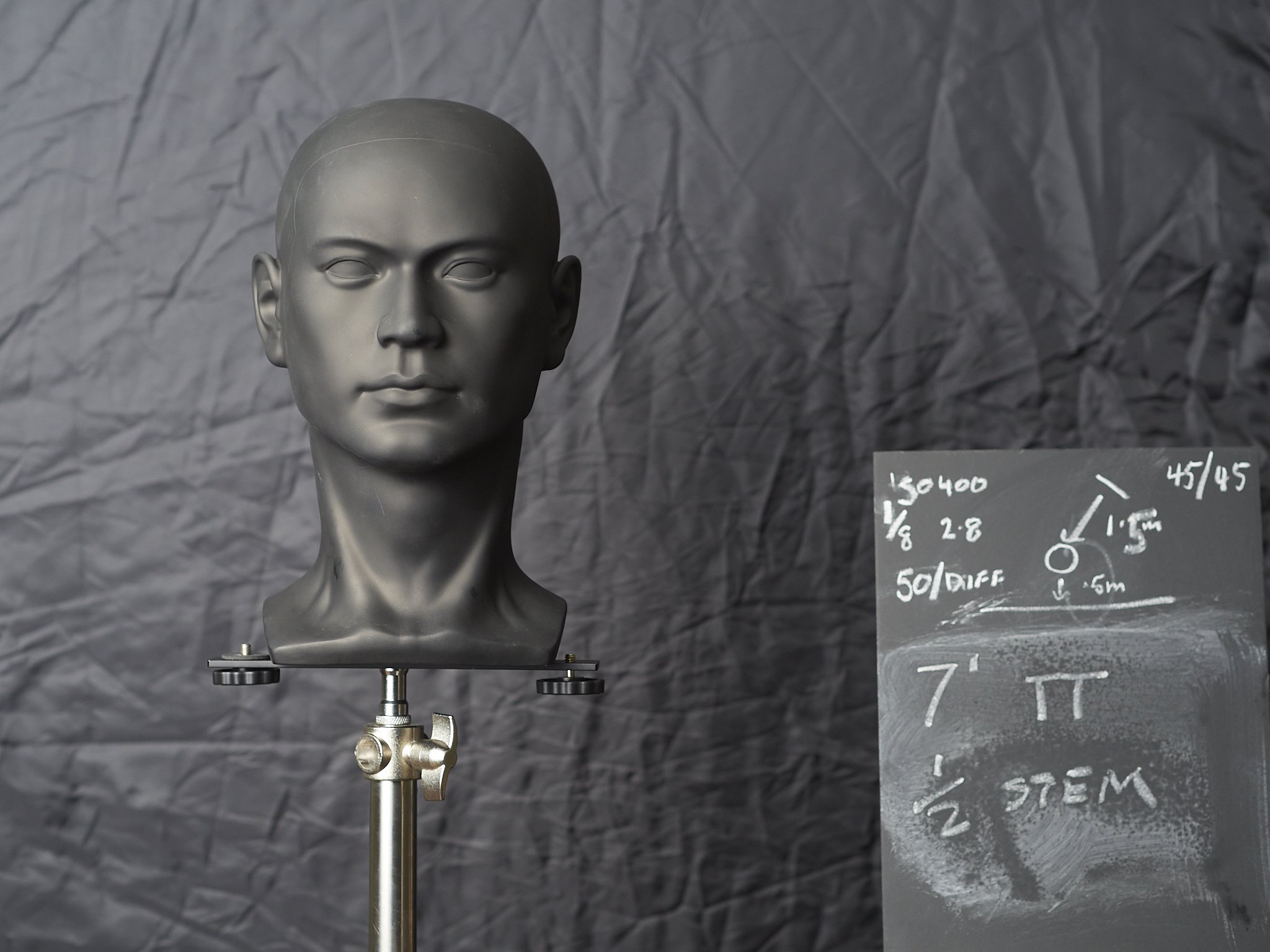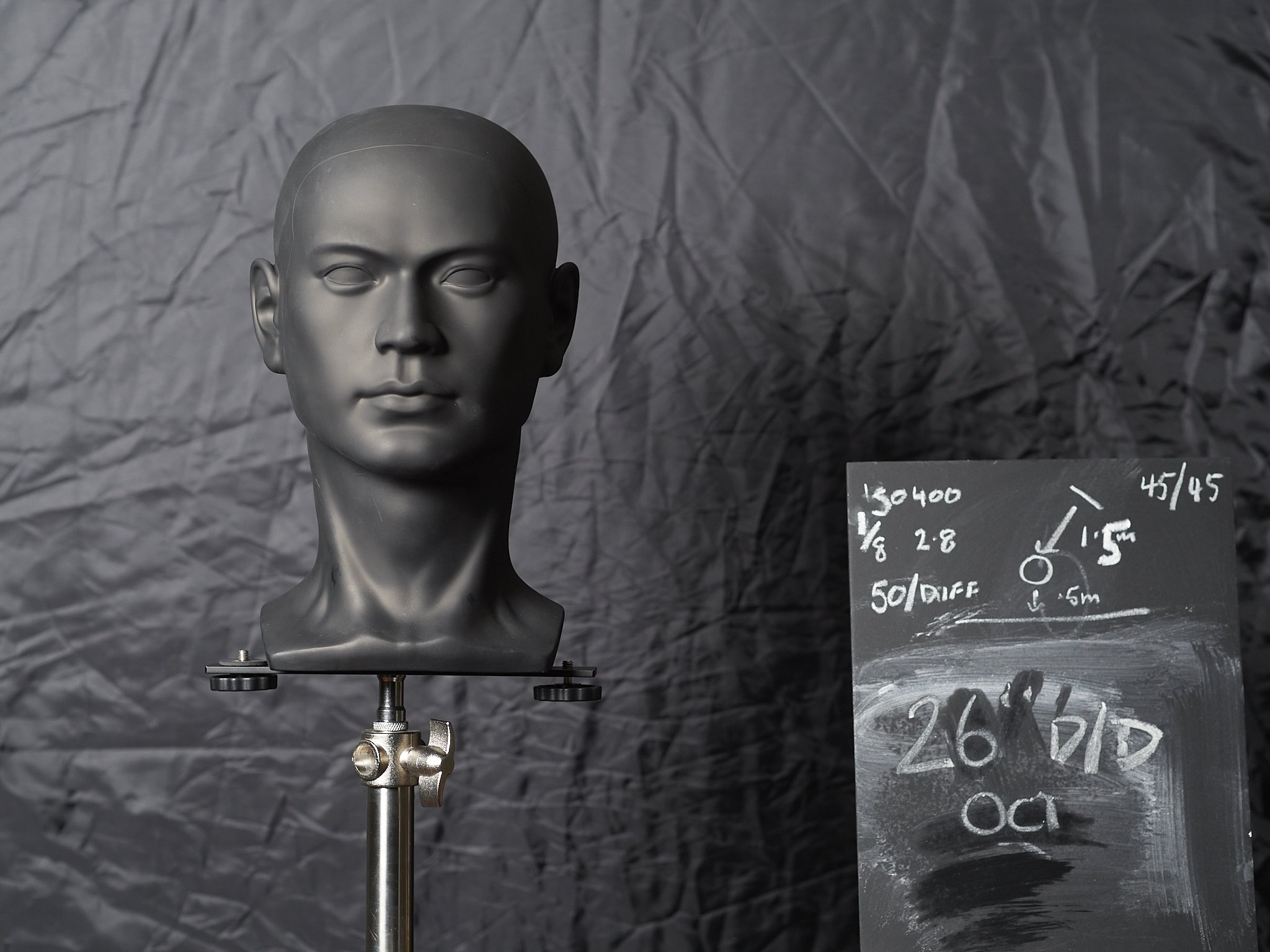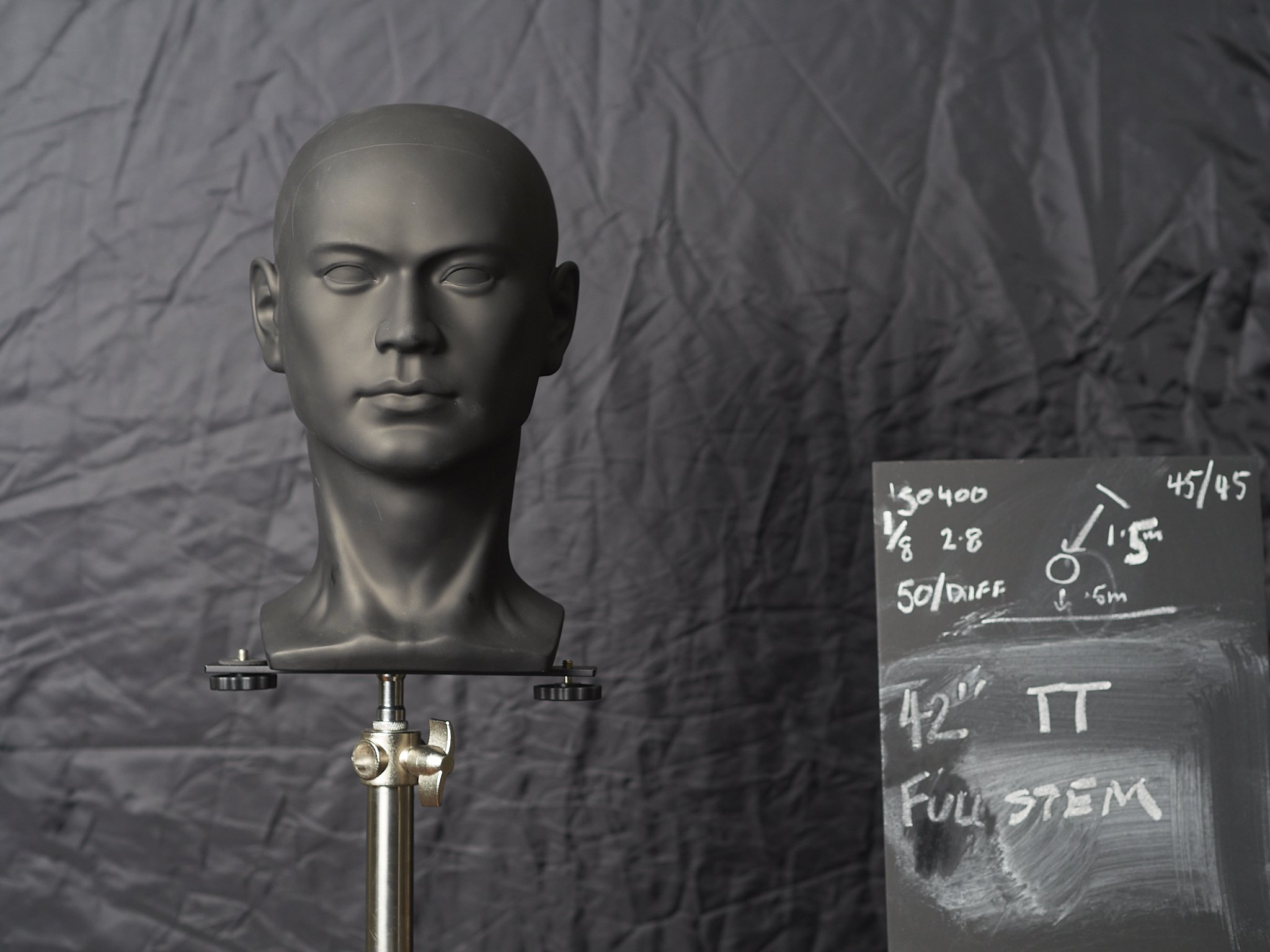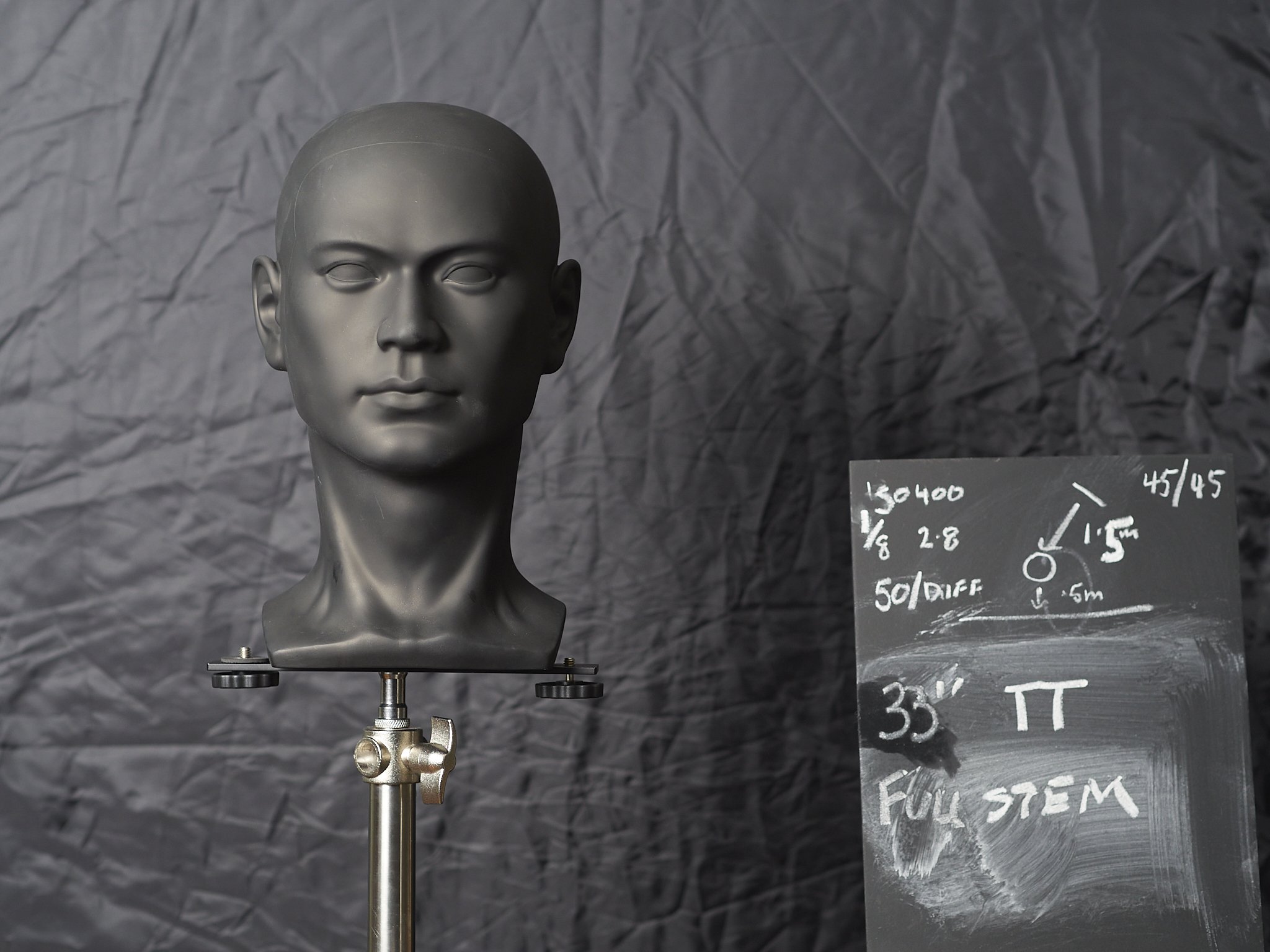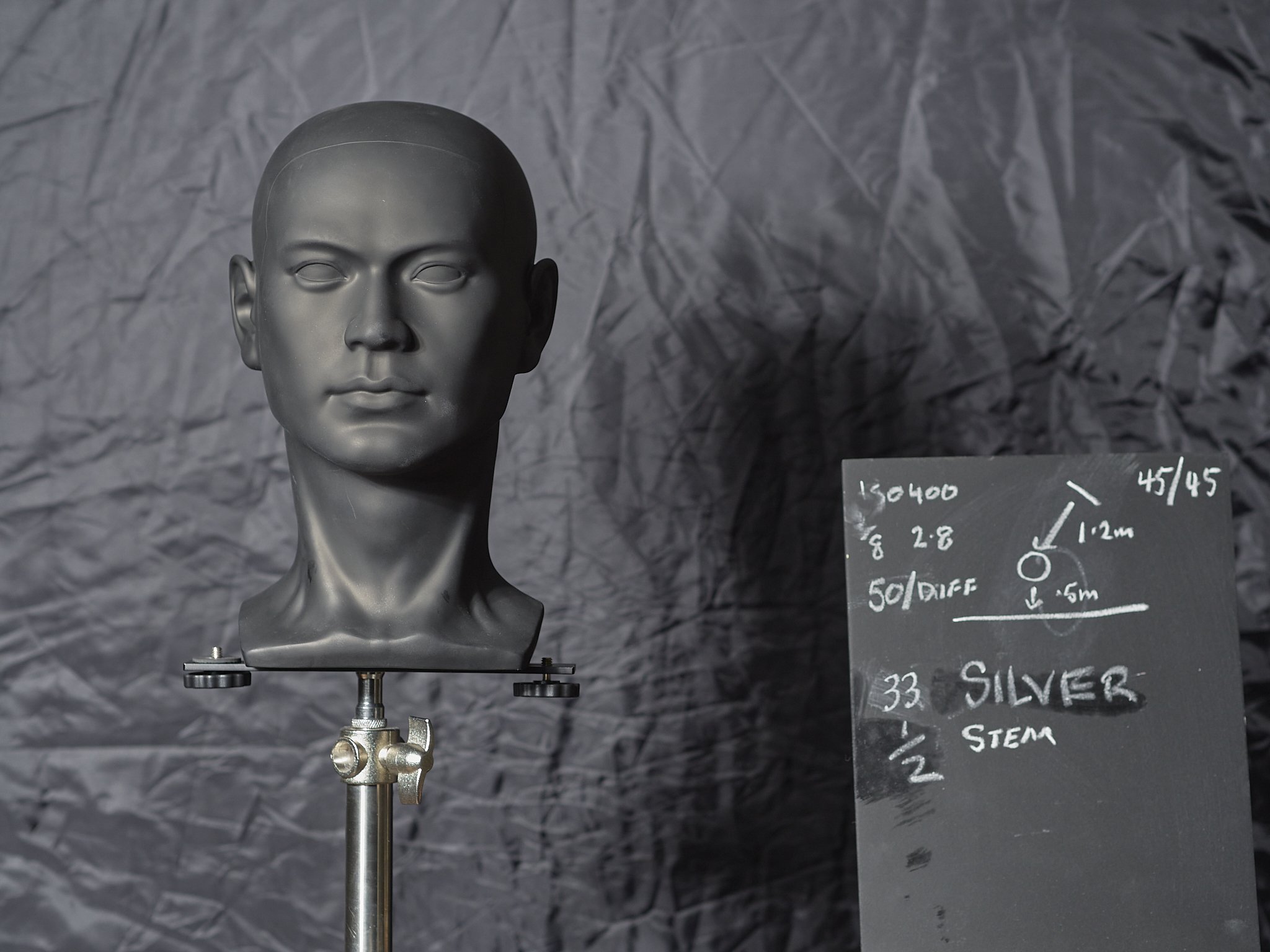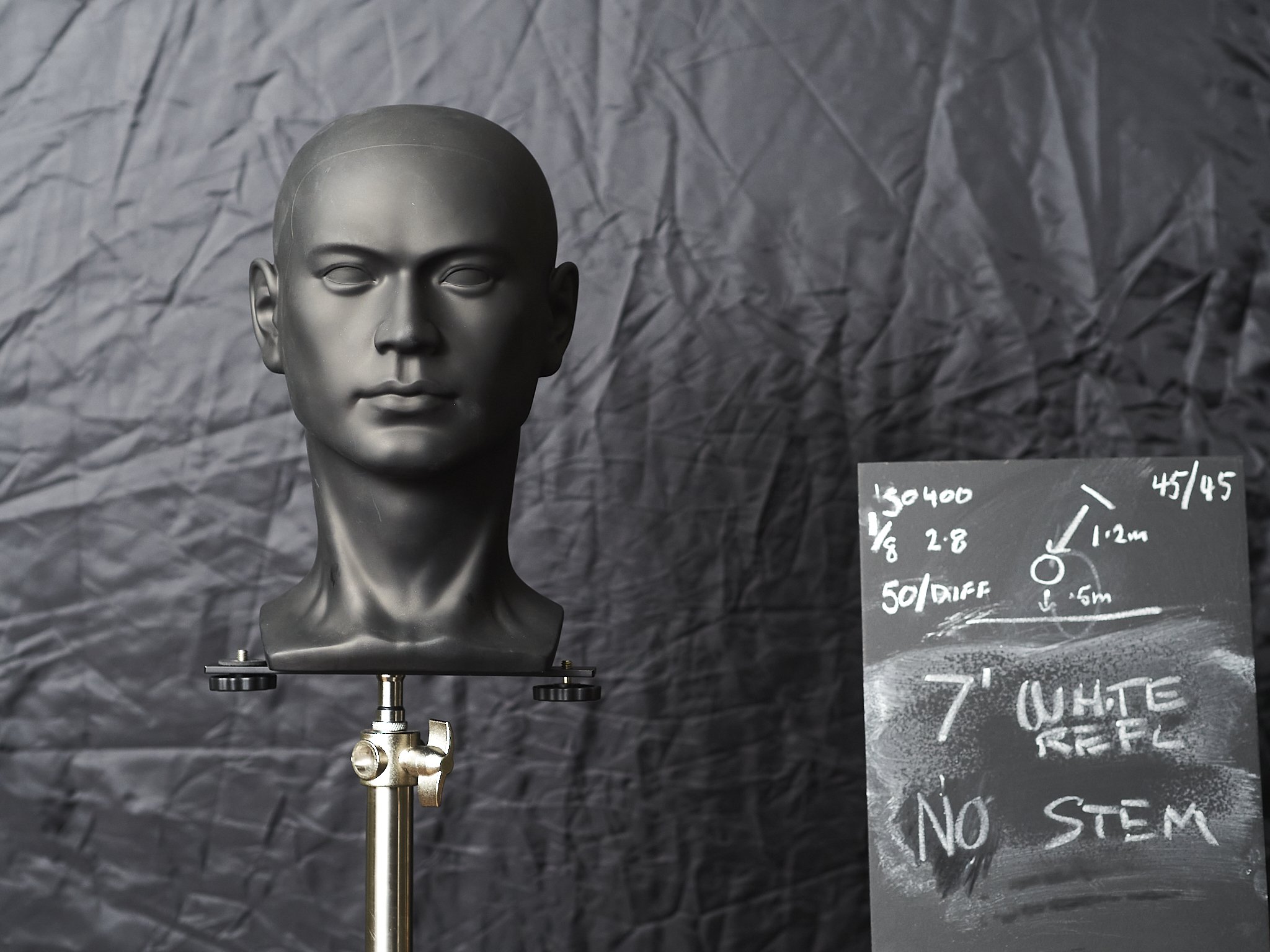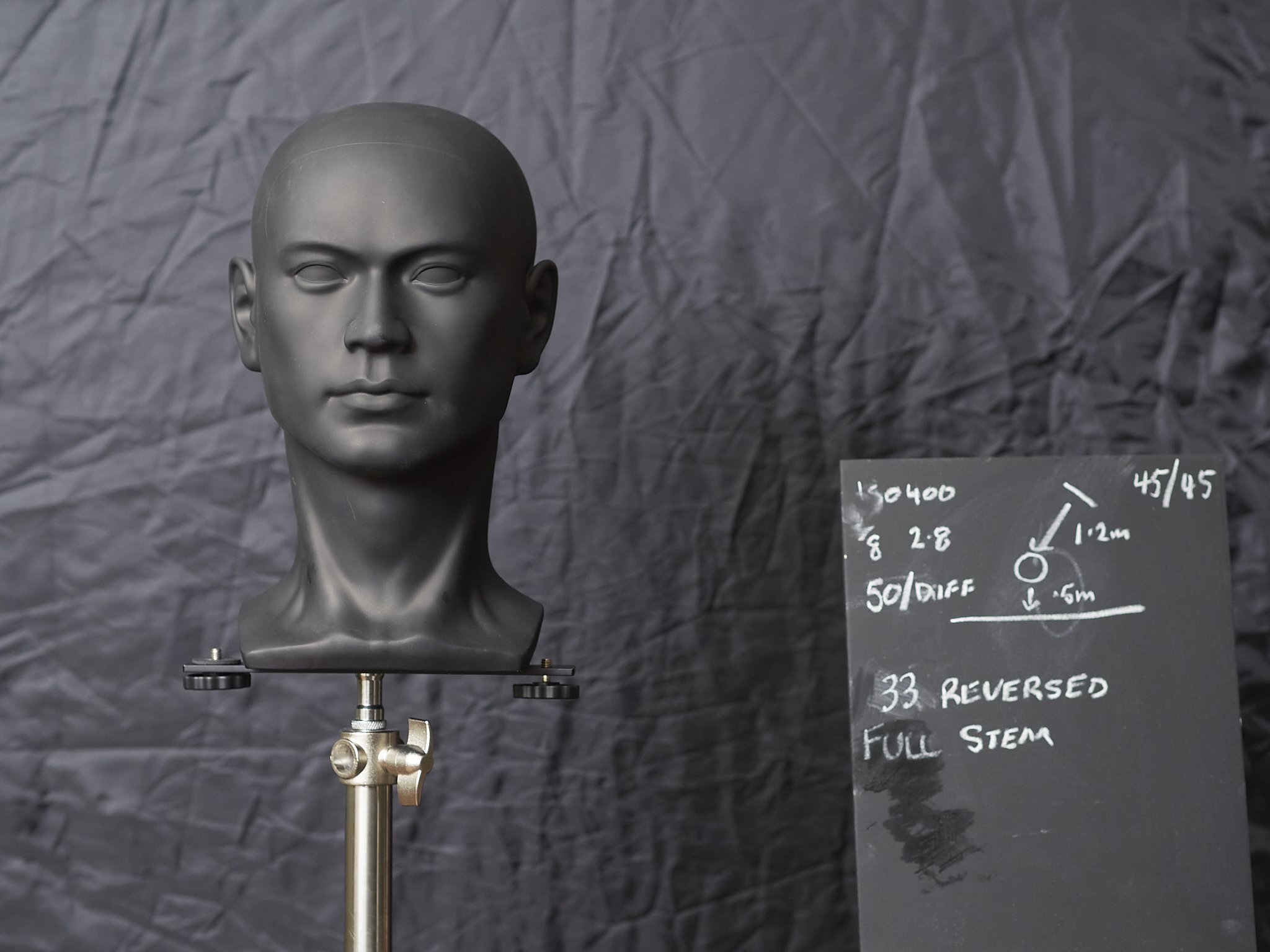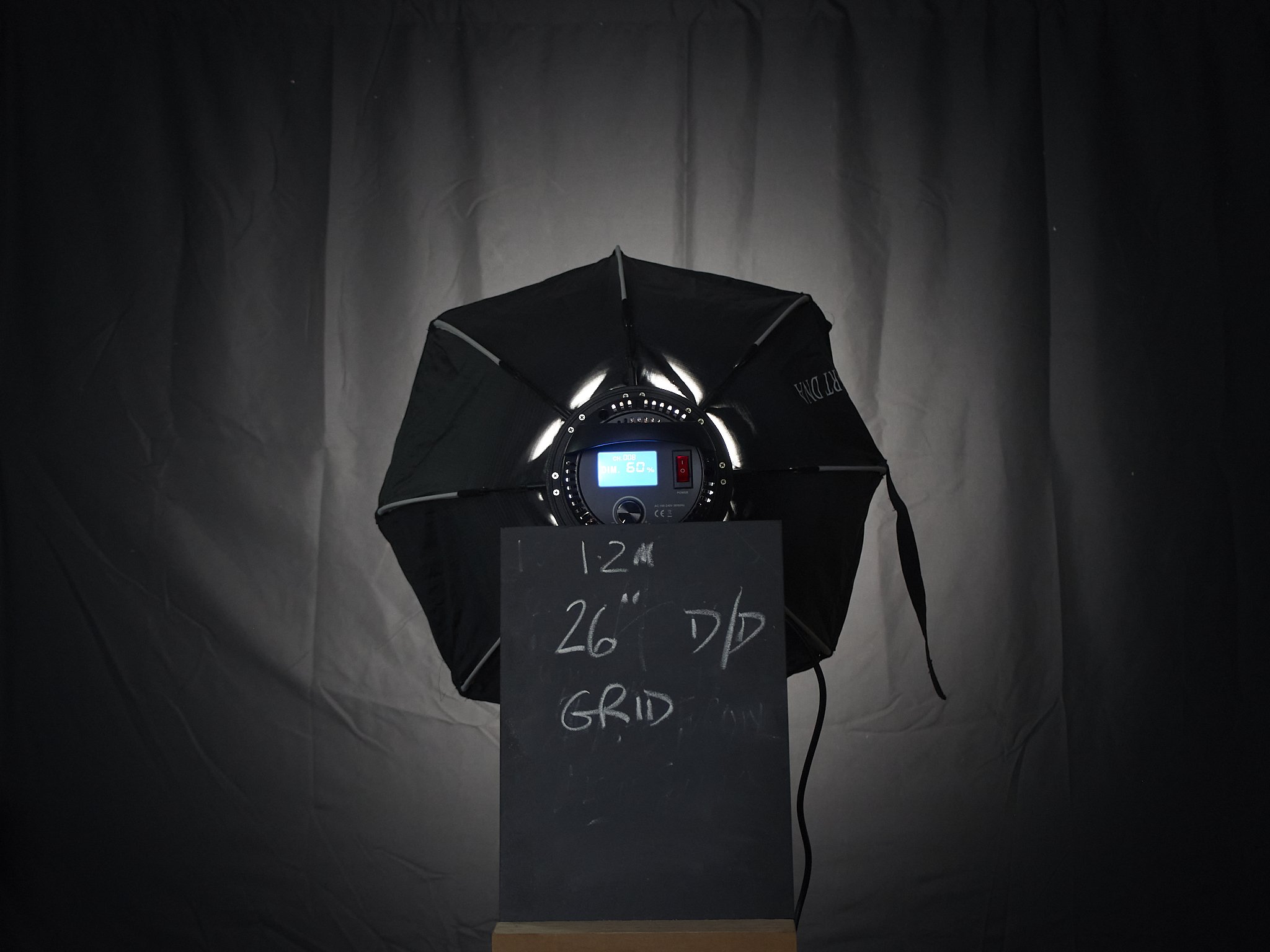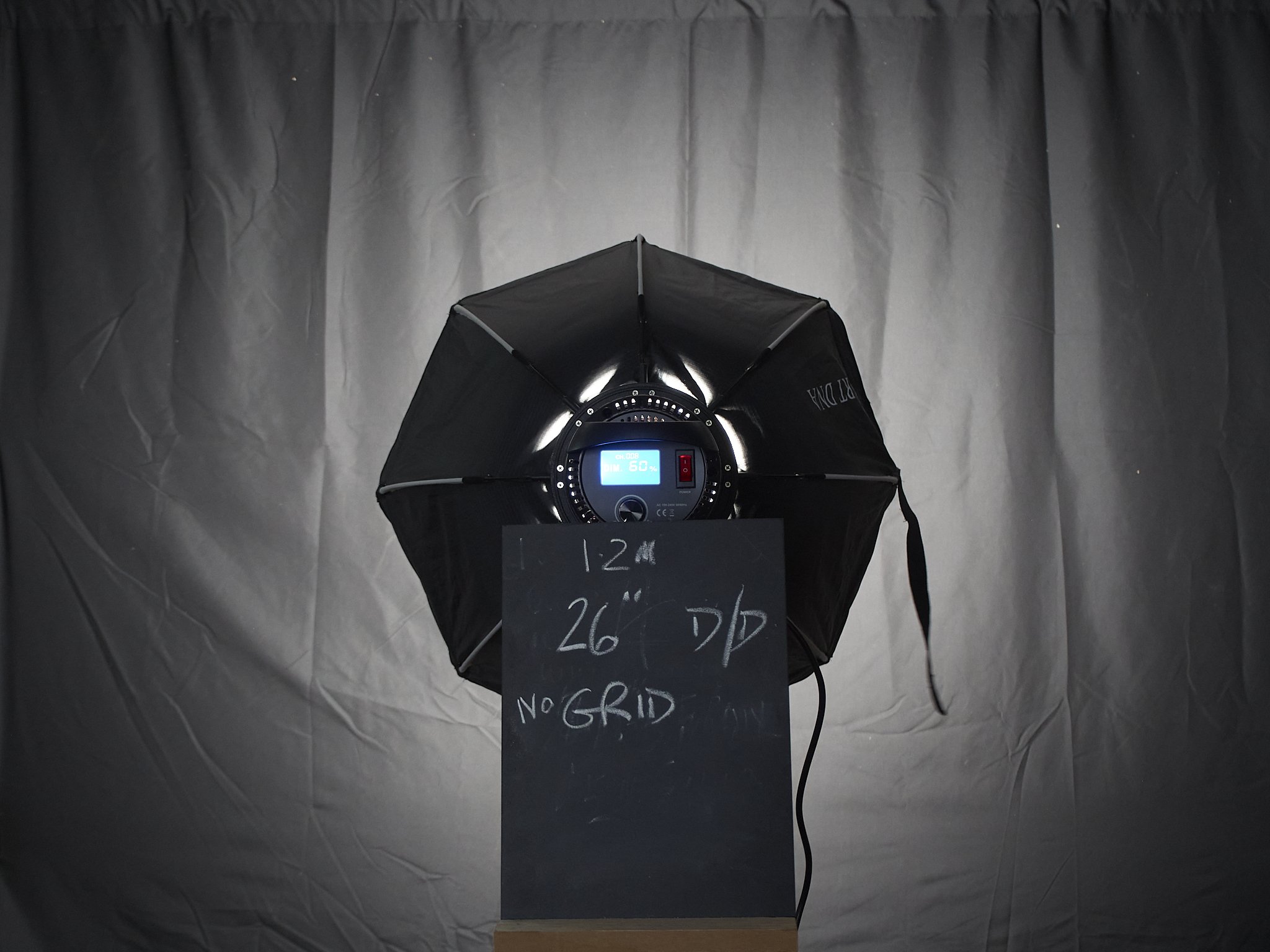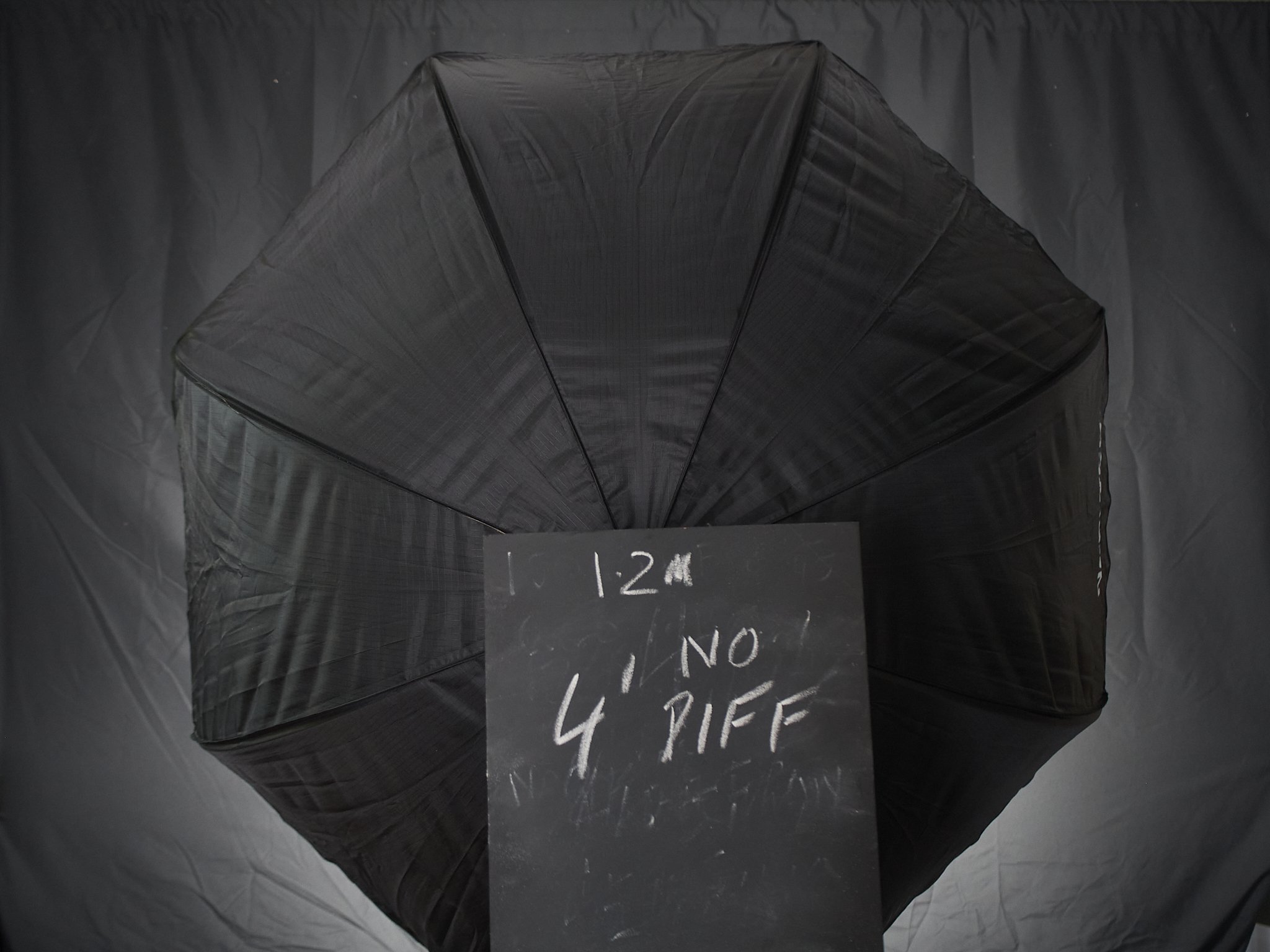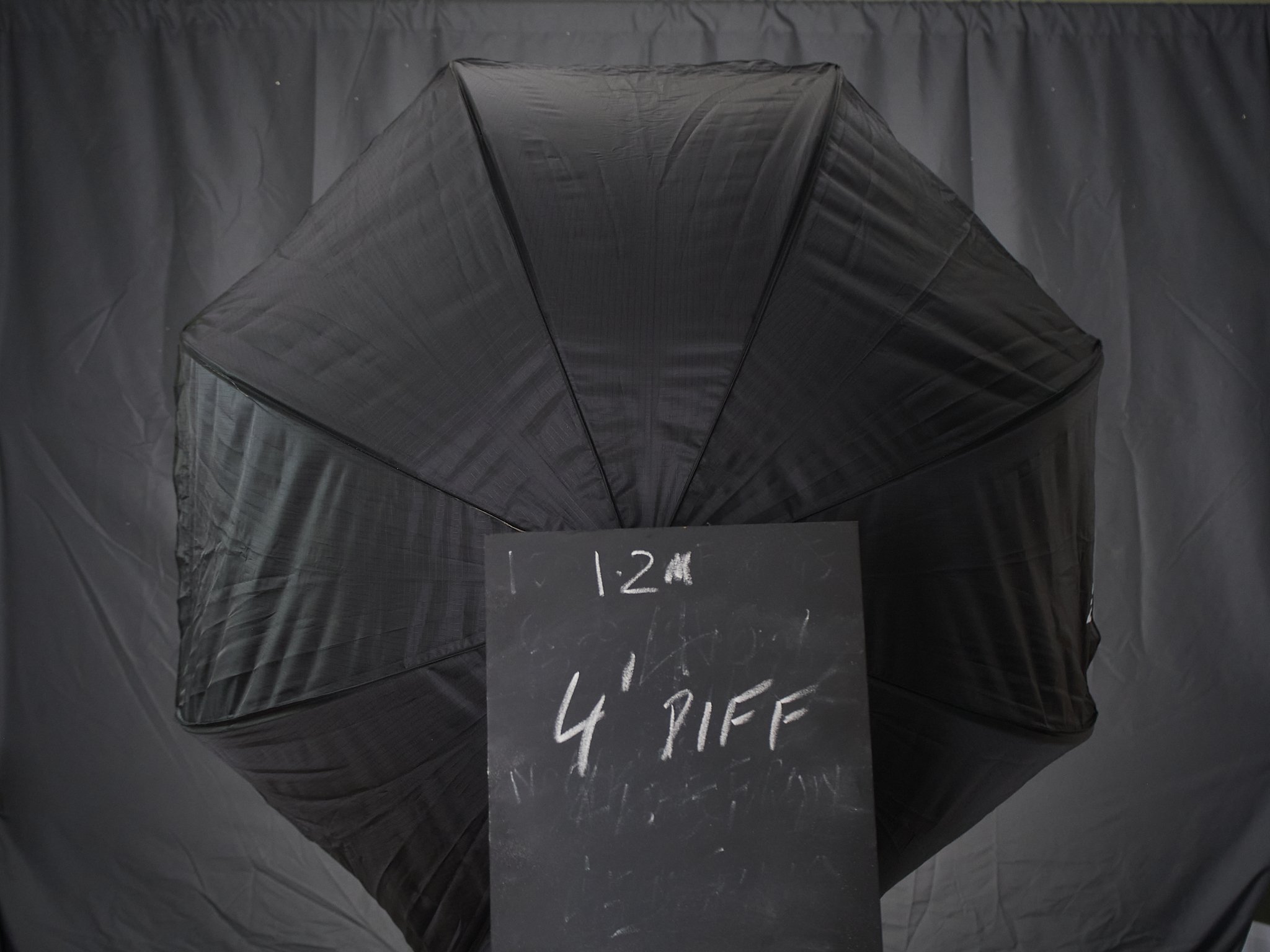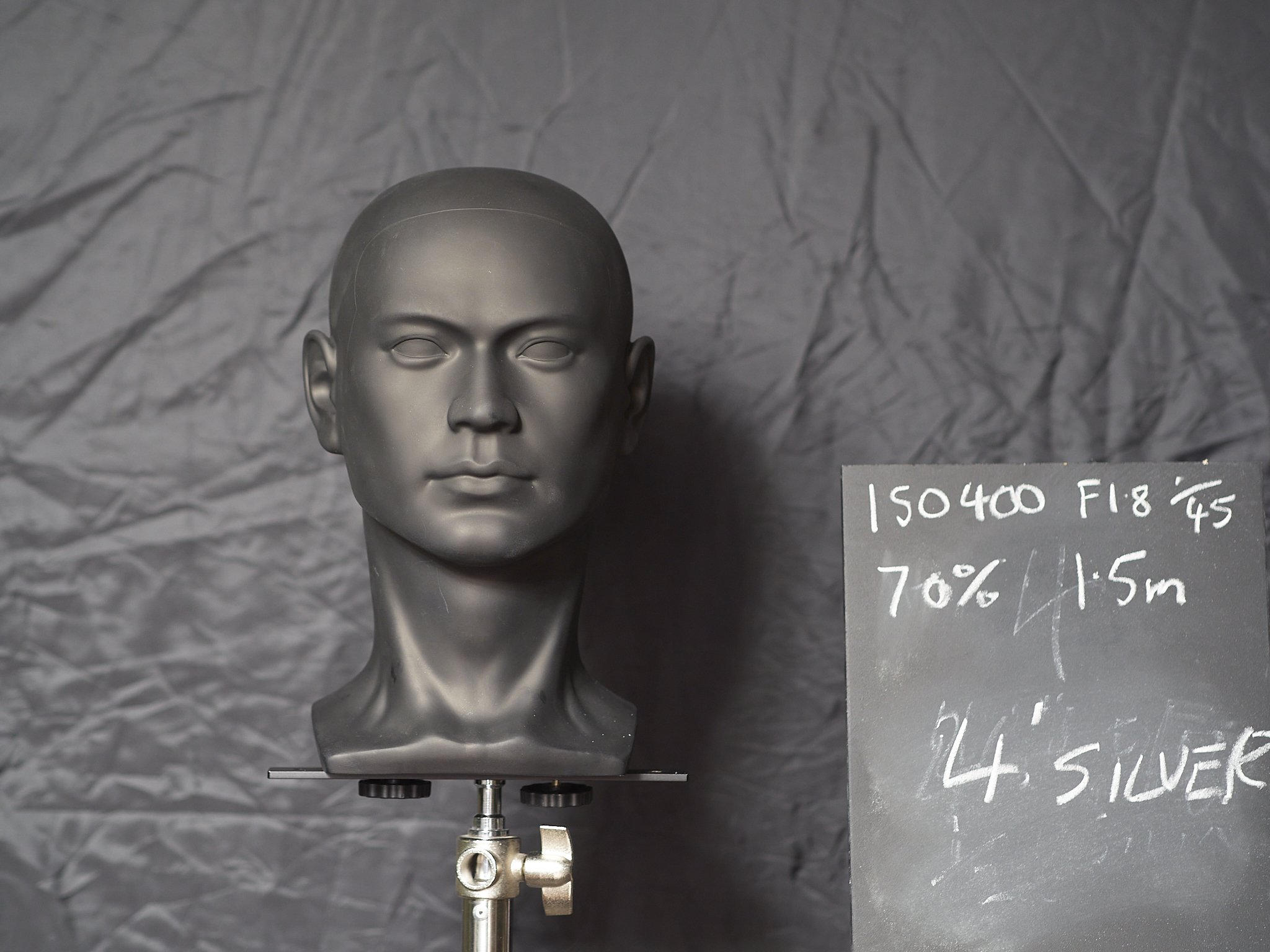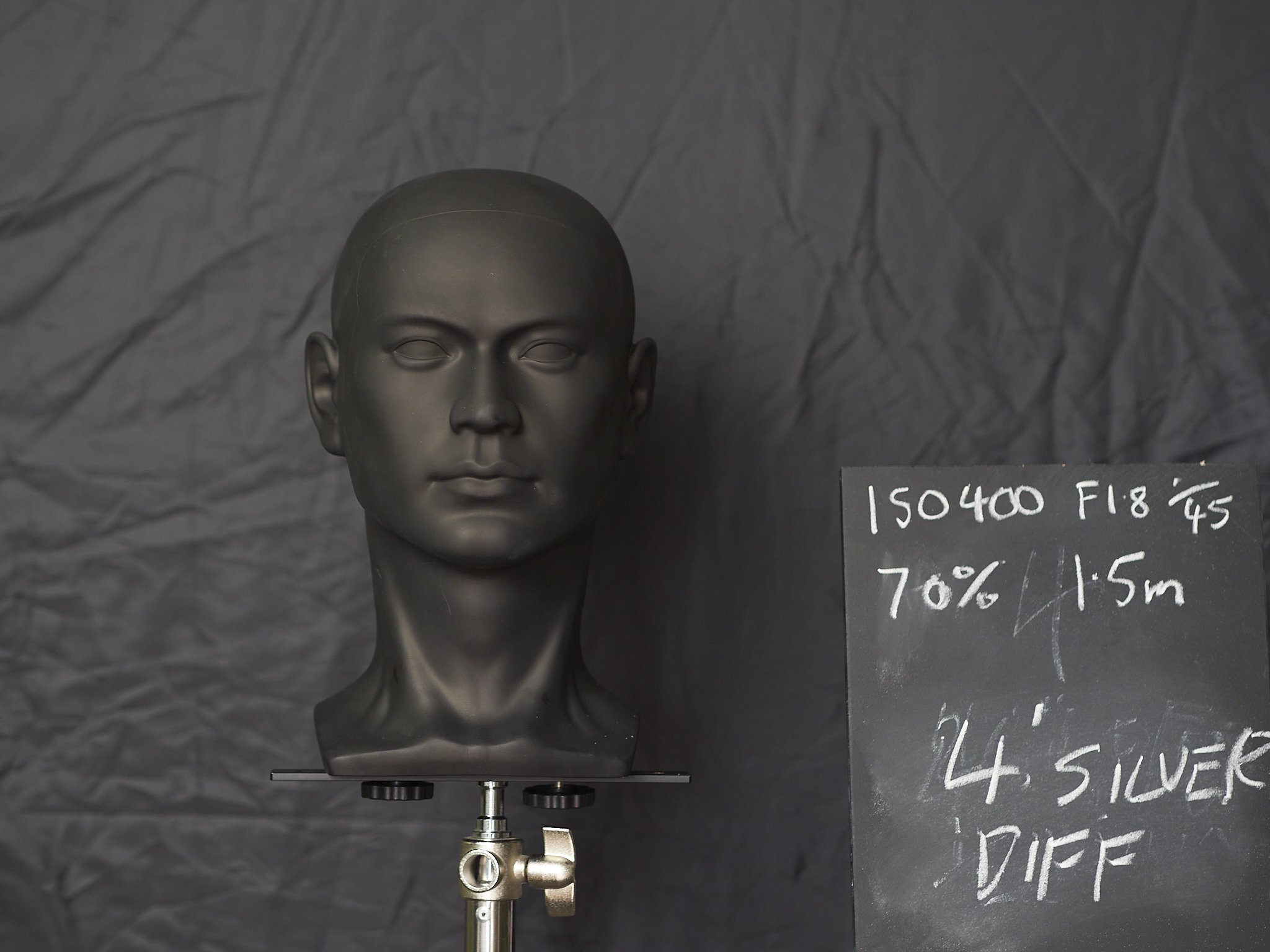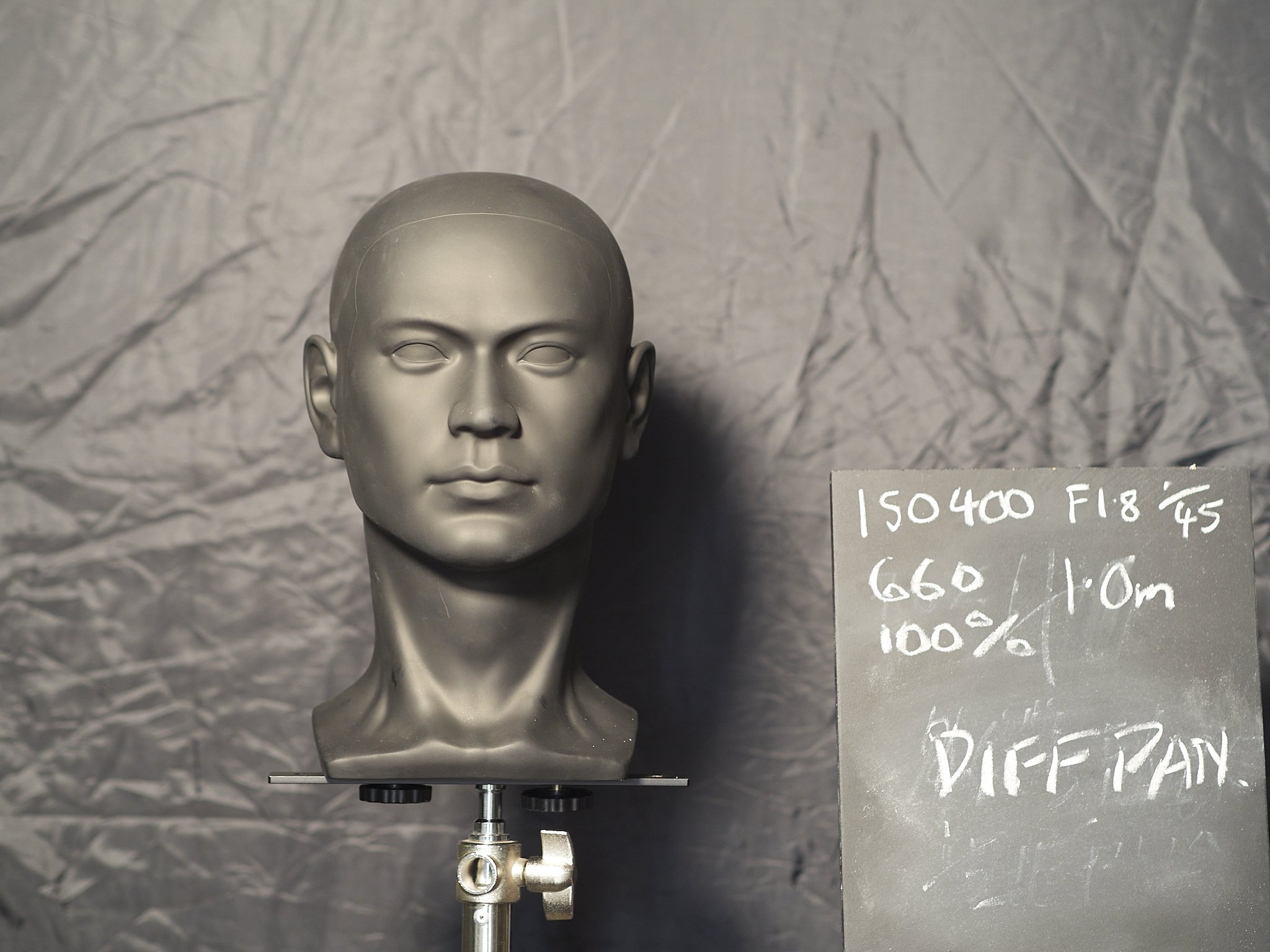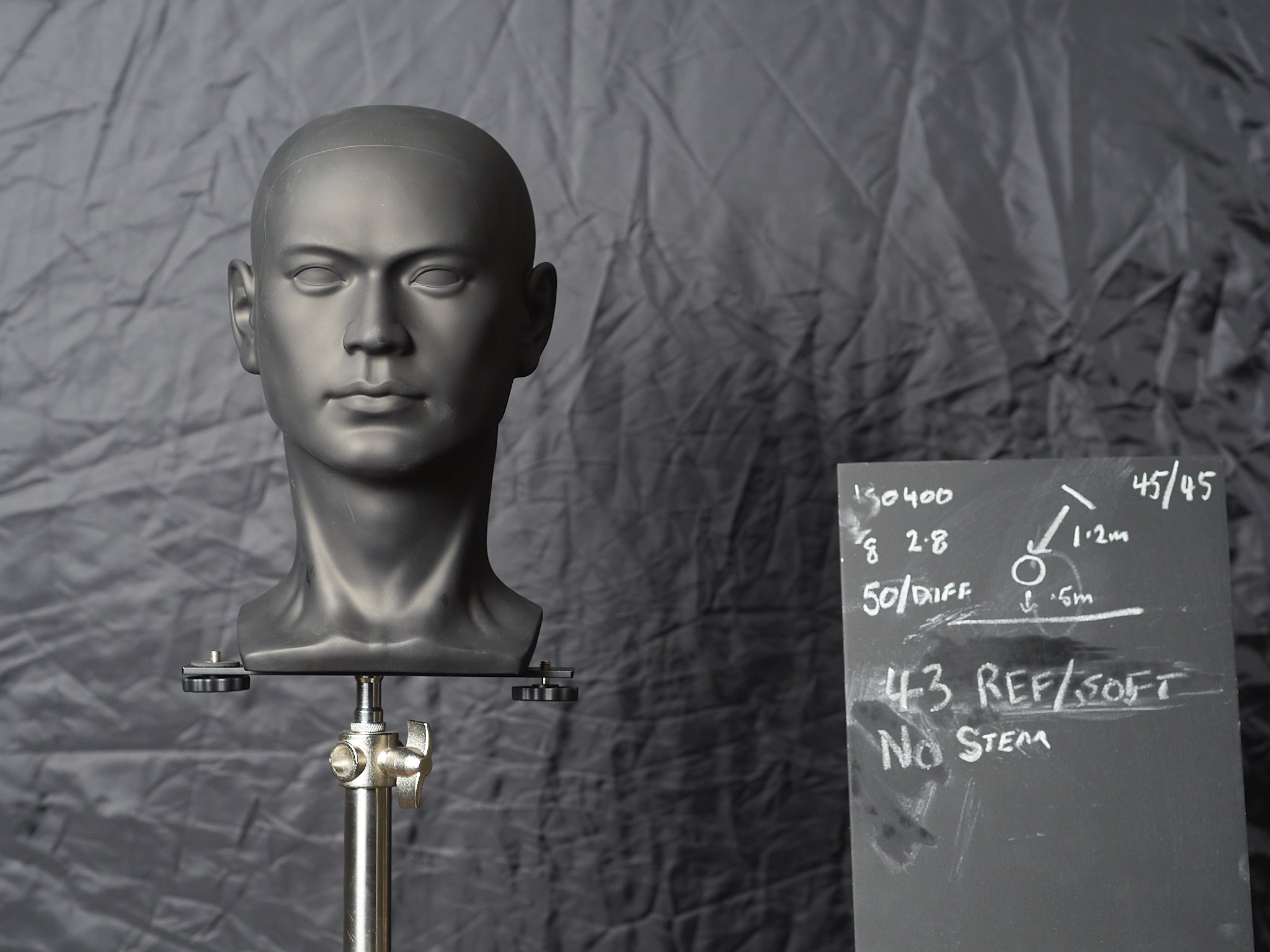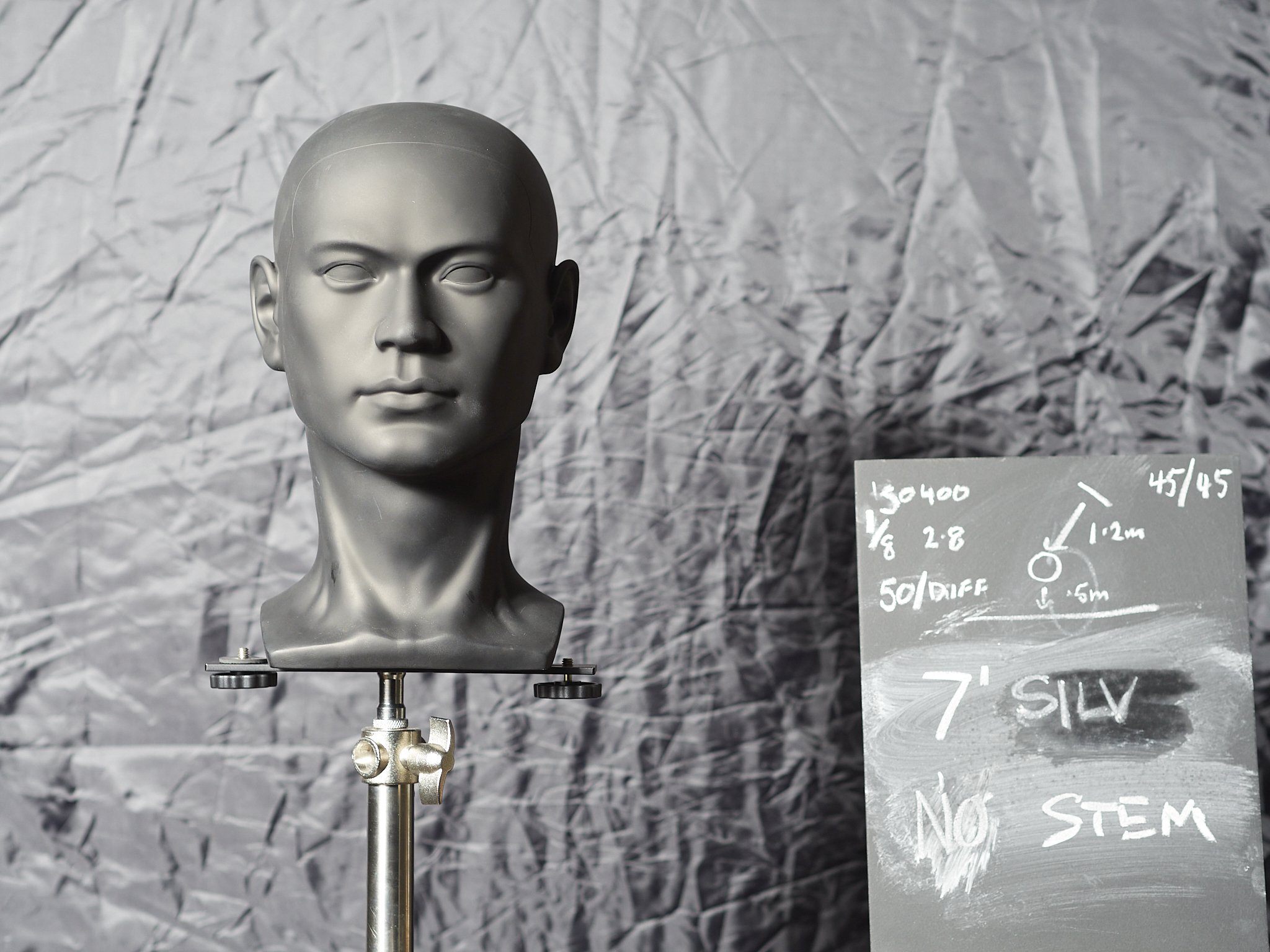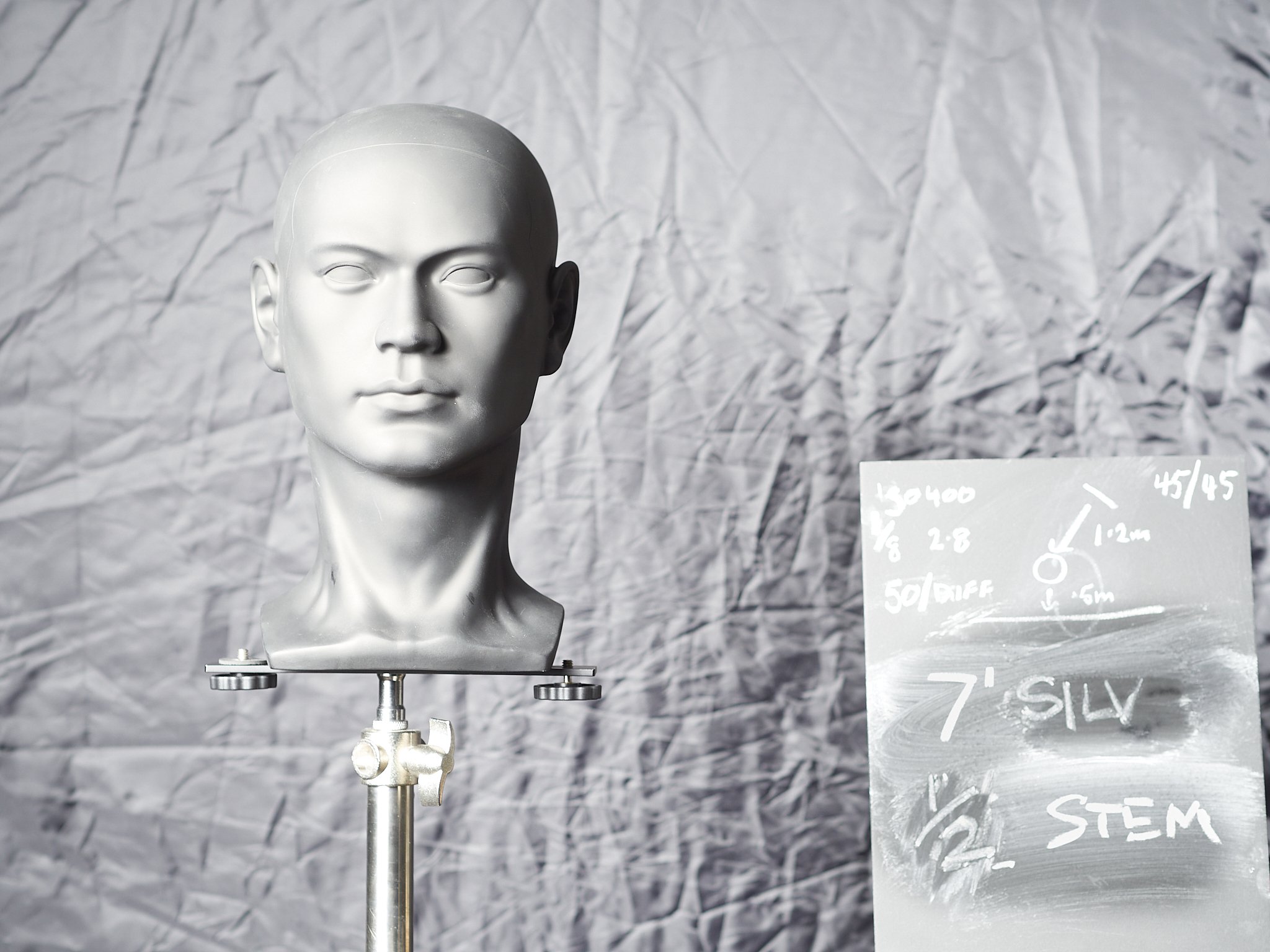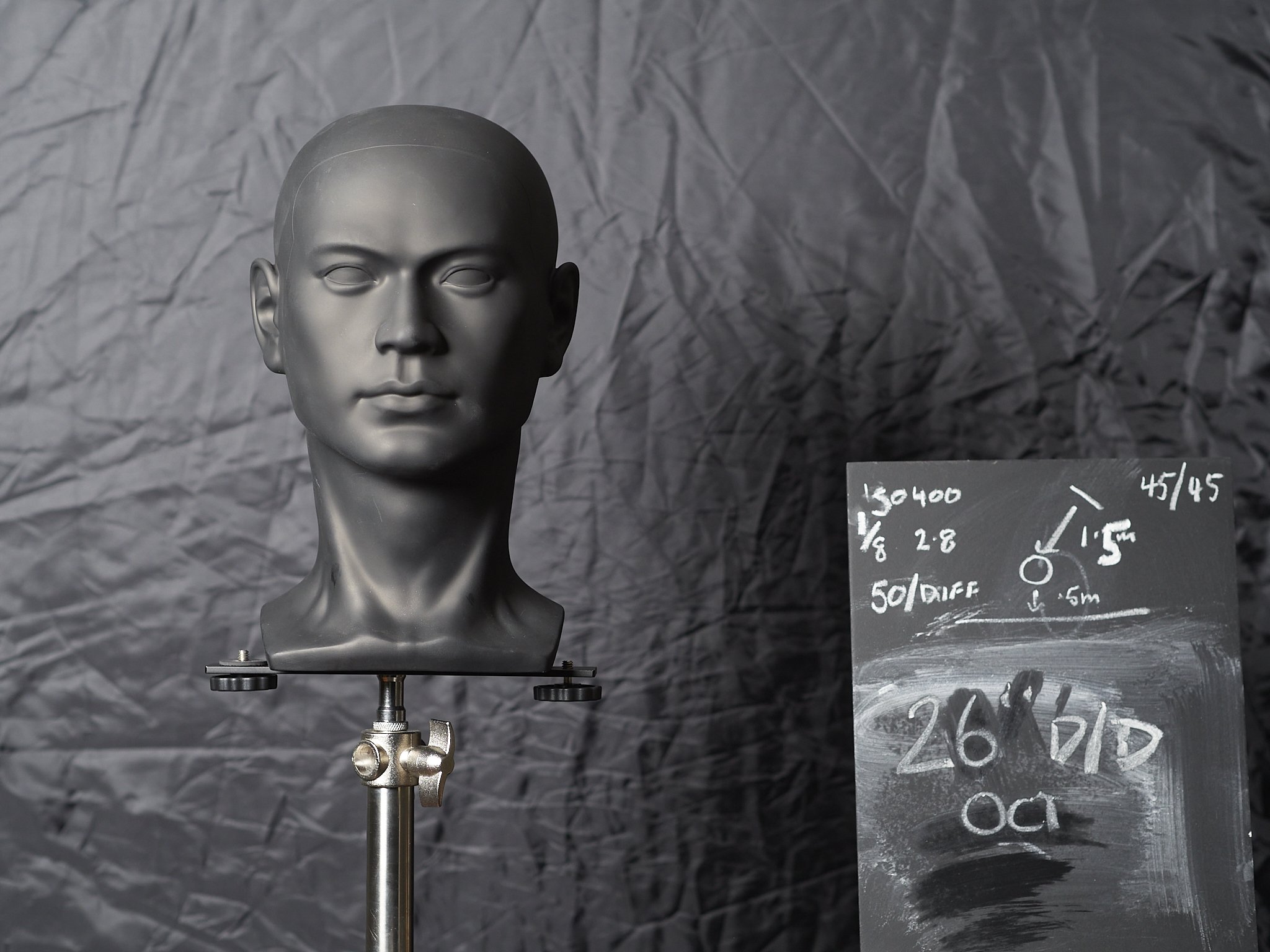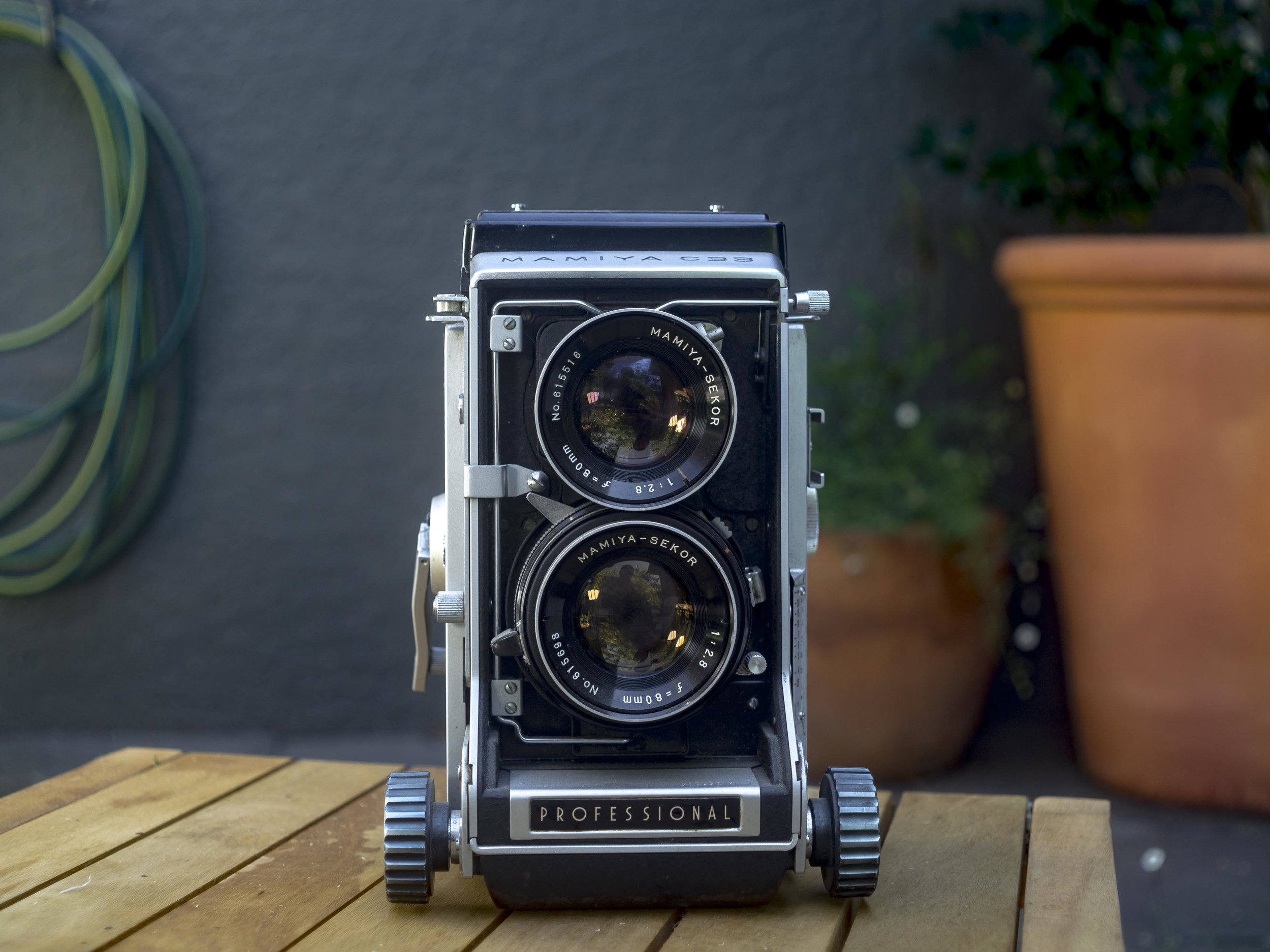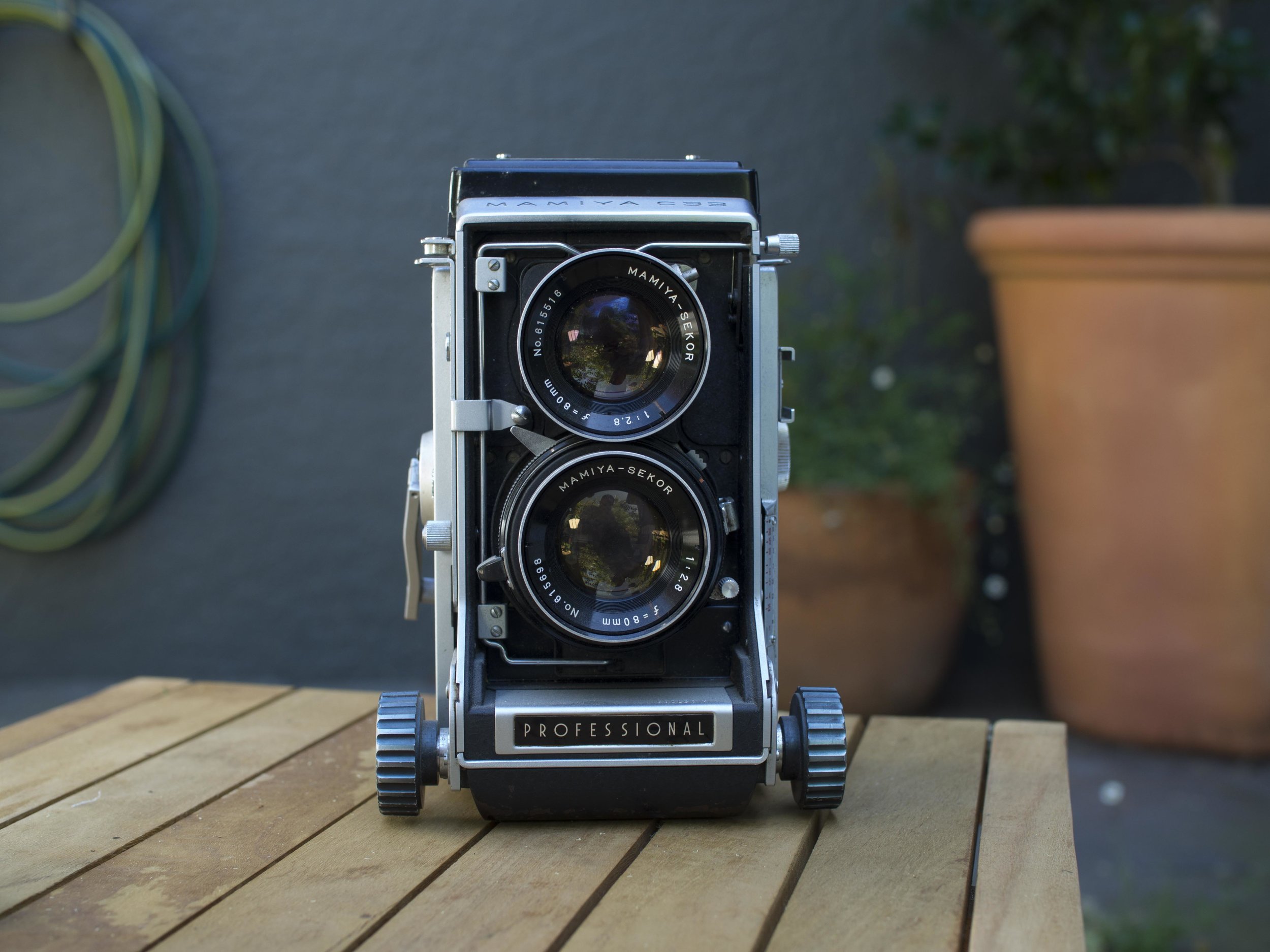In a time of many photographic formats, micro four thirds (M43) sits either at the bottom of the serious or top of the super mini formats, depending on your perspective. The original lure of small and good is still very relevant, but as the market shifts emphasis, size is not the only consideration.
The Micro Four Thirds (M43) is the only digital SLR/Mirrorless format deliberately made to best suit lens design, with no hold overs to the past. In other words it is the only format that ignored what came before and started from scratch.
Opinions are divided and the tone of the conversation is often determined by preconceptions and bias. Ranging from those who argue for mobile phone cameras to one eyed “full frame” users all have a strong lean towards the benefits offered by their favoured format, usually at the expense of all else. All formats have benefits and all formats have their issues, that determine their functional limits.
The arrival of the mirrorless full frame camera split the field, as did the emergence of the powerful 1” sensor at the top end of the compact camera market. At the other end of the spectrum, ever cheaper sensor manufacture and pressure for the mobile phone “monster” has made medium or near medium format more affordable adding confusion.
“Is it too big, is it too small, do I have enough pixels?”
My format of choice is M43. I would like to explore the real benefits, limitations and practical applications of m43 and it’s neighbouring formats, not out of a need to defend my choice, but simply to explain it.
Depth of Field
A common misconception is that M43 does not have enough Bokeh or shallow depth of field (DOF), which is not actually Bokeh, but the current manifestation of it’s meaning. The usual comparison made is to “full frame”, the poorly named 35mm film aligned size. In this direct comparison, if wide open DOF drop off is all that is important, and all else is equal, then a bigger sensor will always win (a 50mm lens on any format renders the same DOF, but the focal length chances, making smaller sensors use shorter lenses for the same magnification, so an M43 25mm is the equivalent of a FF 50mm for magnification, but has more natural DOF). It’s physics. If a more practical and realistic eye is cast on the subject, then maybe not.
If you cast your mind back to the relatively recent past, many 35mm photographers regularly complained that they often got too little DOF. Shooting at very fast apertures with manual or barely adequate auto focus resulted in many misses, often more misses than hits. This is also before face detection or super fine AF points, so accuracy was a loose term anyway. Studio shooters use lights and clean back drops so they can use f8+ when ever they can.
The right amount of DOF is subjective, but my personal ideal is a useable and cooperative DOF. Creative only (read super shallow) DOF is a one trick pony. Blurring out ugly backgrounds habitually only works when small levels of detail of the main subject or single plane points of interest are all you are interested in. This may be the case for one image, but how do you tell a story with only one sentence? M43 does give you the tools for creative, very shallow depth of field (for example a 75mm f1.8 lens in any format has very shallow DOF), but it also offers a welcome boost to practical DOF when using fast lenses in low light.
M43 may let me shoot a hand held landscape at ISO 200 and F8, where ISO 800 at F16 is the full frame equivalent (and that is not counting the superior stabiliser). Conversely, I can use f1.8 regularly without fear of it being too shallow to be practical. Even the f1.2 Pro lenses are actually rendering at about f2 equivalent in full frame terms, an aperture I rarely used when using that format. Bokeh quality, meaning the quality of transition in an image at any aperture is more important to me than sheer quantity of blur and M43 has paid as much attention to that as anyone in the market.
Focus Accuracy and Options
Mirrorless in general has more focus accuracy than a mirrored system. Both calibration issues (I have had and seen plenty) and the ability to read the sensor to highlight focus priorities (Face/eye detection and touch focus in particular) make mirrorless cameras more accurate. The ability to use this accuracy with an eye piece as well as rear screen adds to their usefulness.
Tracking focus has been an issue in the past, although the sheer one-shot speed of some cameras has allowed surprising sports performance, but this is now becoming a thing of the past. Sony, Olympus, Panasonic and Fuji have all put their focus speed issues behind them adding tracking that sometimes beats the very top flight SLR cameras and there is no doubt if they continue to improve at the rate they have so far, they will leave purely phase detection focussing cameras in their dust.
What-you-see-is-what-you-get
This is the reason mobile phones and compact cameras are often more satisfying to casual photographers than SLR’s with their mystical science. The disconnect of the prism finder and mirror to someone learning photography is a tough learning curve. You could argue that this difficulty forces them to learn “old school” practices making them better photographers, but take it from someone who teaches photography, there is no easier way than WYSIWYG to teach fundamentals such as exposure compensation or white balance. I cannot think of a photographer now or in the past who would shun the preview over review system. Why would you?
Subjective Quality
The real difference between M43, or even a 1” sensor compared to a full frame in quality when printed to A2 or bigger is negligible. There are lots of users out there happy to compare and share, but you have to want to open your eyes. No good hiding behind the over used shield of biggest, latest and most is not only superior but mandatory. This argument lost it’s meaning during the pixel race when photographers started to remember they worked successfully with 4-6 mp cameras and even film.
The industry relentlessly drives the more is more wagon, but their own argument nullifies itself. I recently came across a 1997 copy of American photo competition edition. Apart form many stunning and highly accomplished images in the issue there is a an add for the F5, taking a series of Olympic Kayak slalom pictures. The caption hints broadly at something like “only with the F5 this is possible”. This is the same B&%S#@& that the industry has used for years to sell it’s wares (as has every other technology based industry from cars to kitchen appliances). If it is true at any time, then everything before is inadequate, which any user will tell you was not the case. Seismic shifts in technology like the first SLR, AF, digital and mirrorless will change usability and habits, but small evolutions within that are just minor time stamps in an ever changing dynamic.
So is a 16-20mp M43 sensor relevant in the modern world? Well it is better than anything we had available up until about 8 years ago short of large format film*, but that difference is just as irrelevant as it has ever been (only a small part of a big process). As added proof of this, I have compared the high res mode from the Pen F to a standard file and can only tell the minor difference on a large screen at magnifications printing cannot match.








